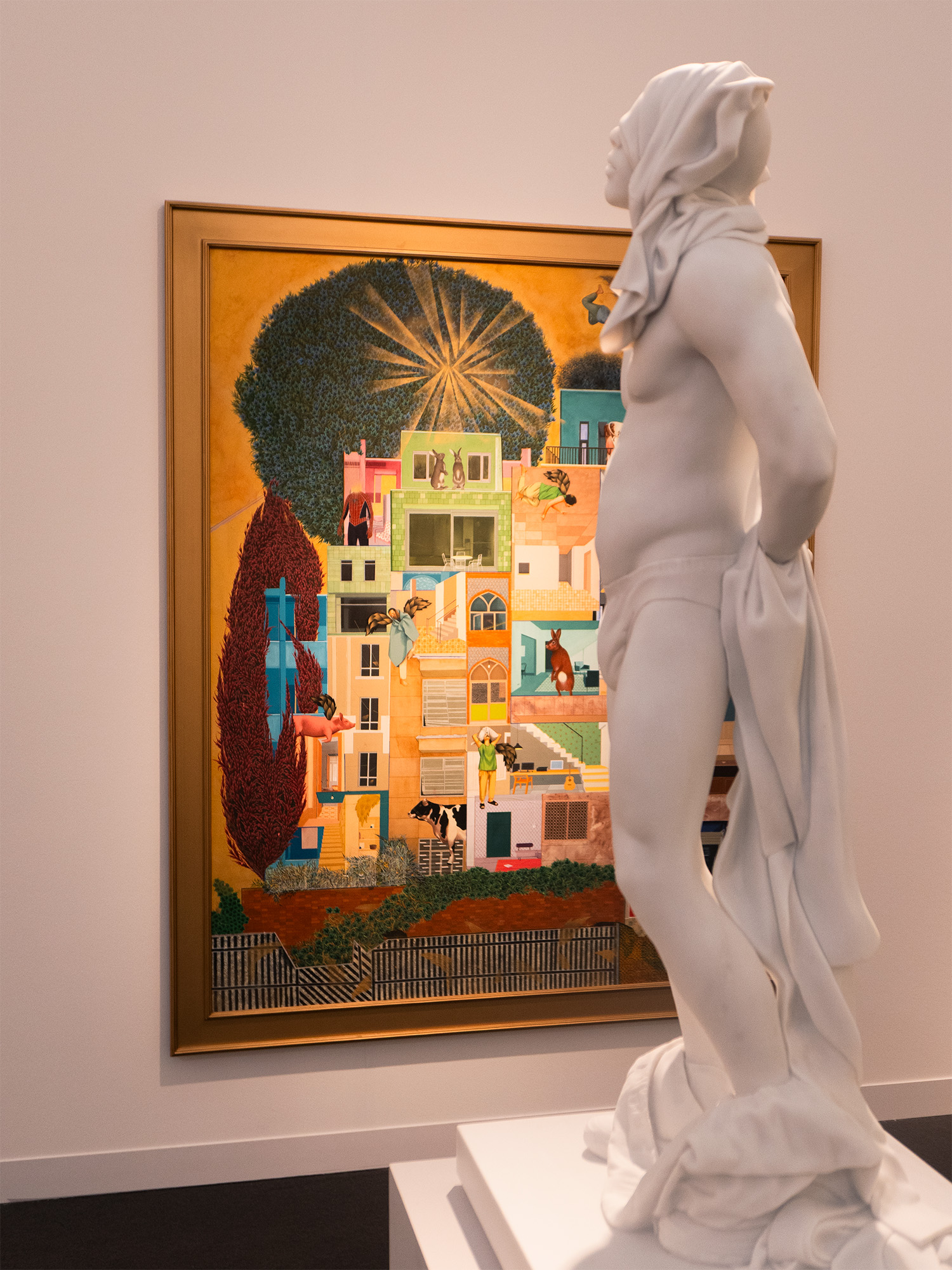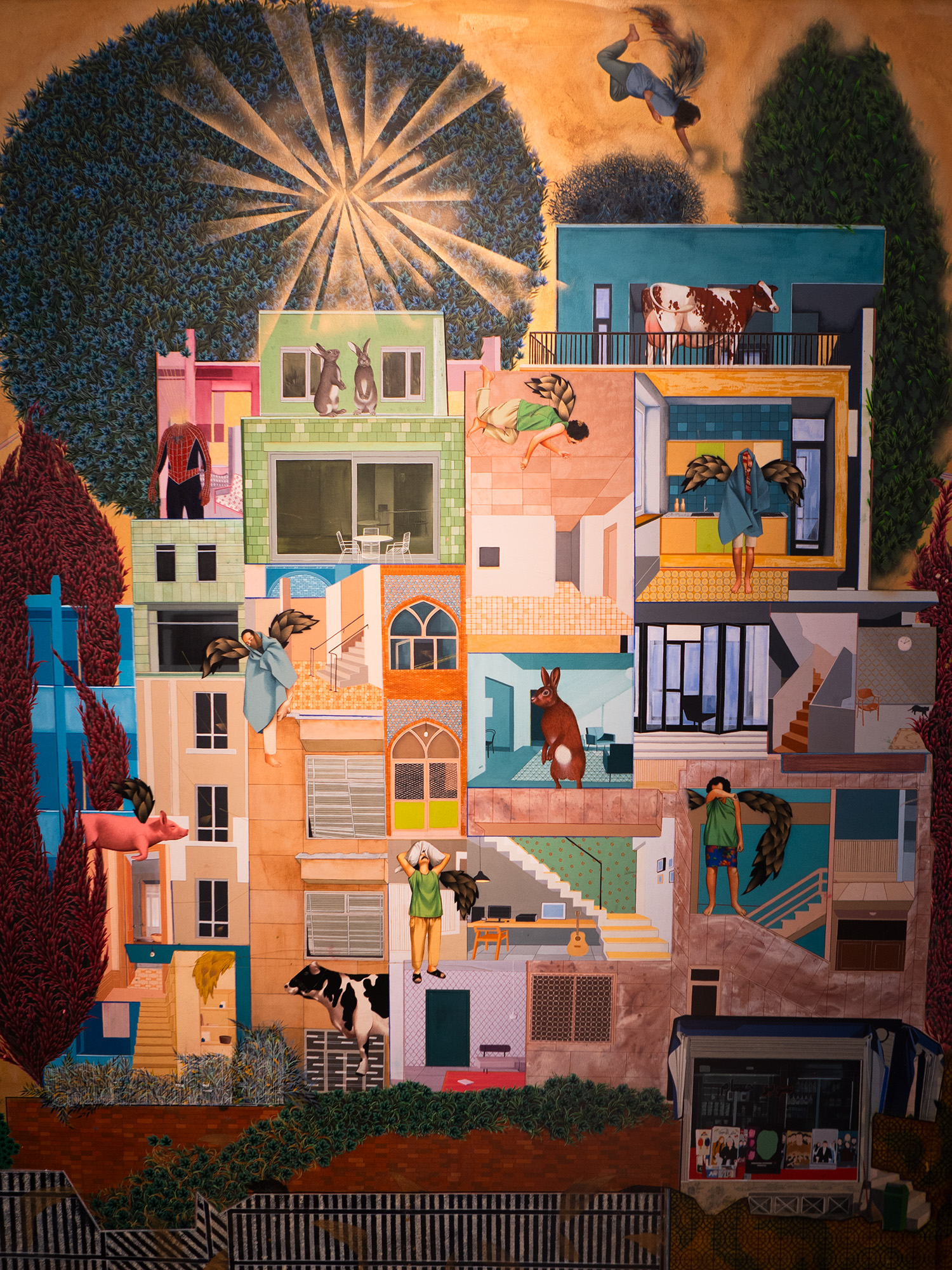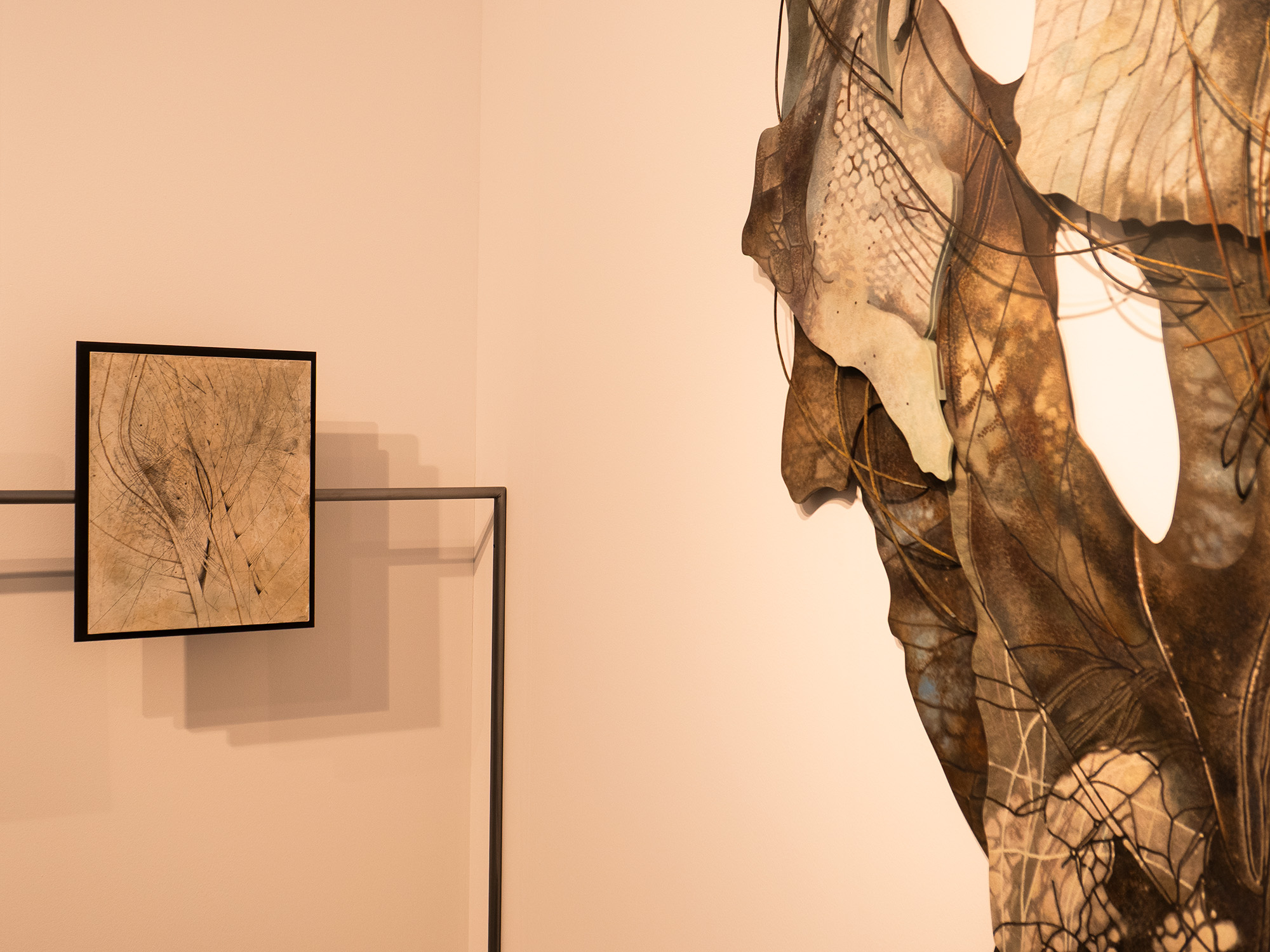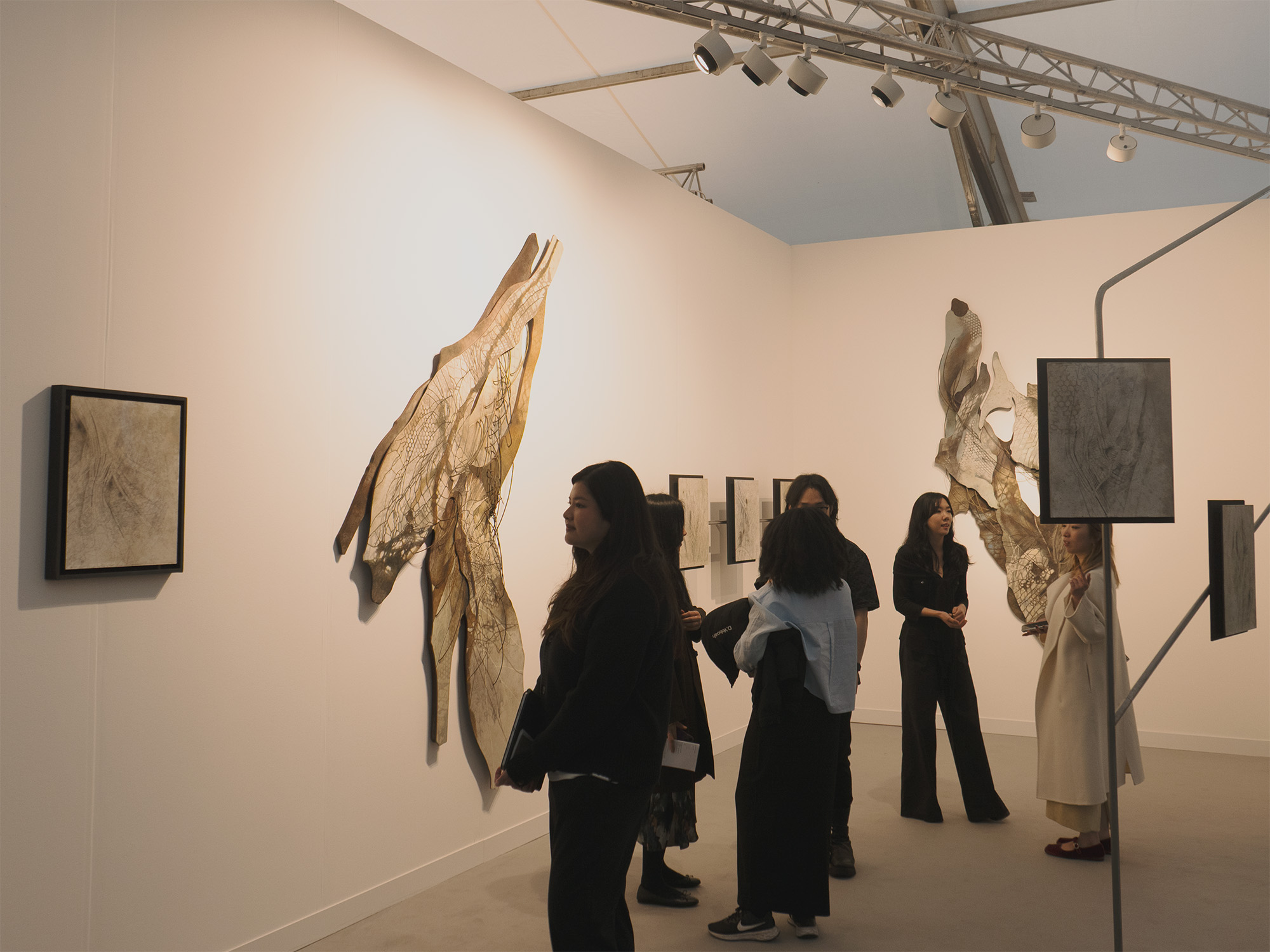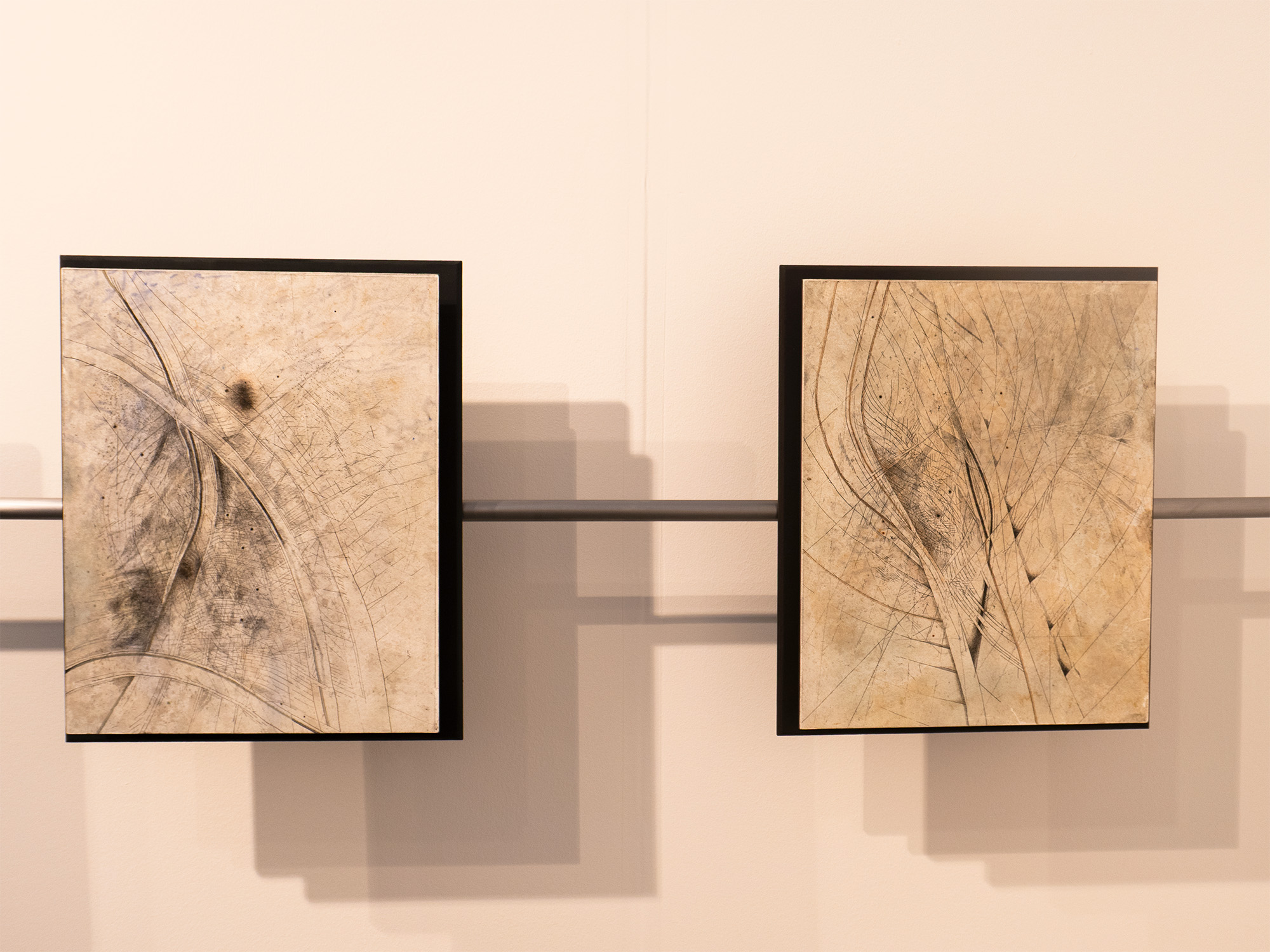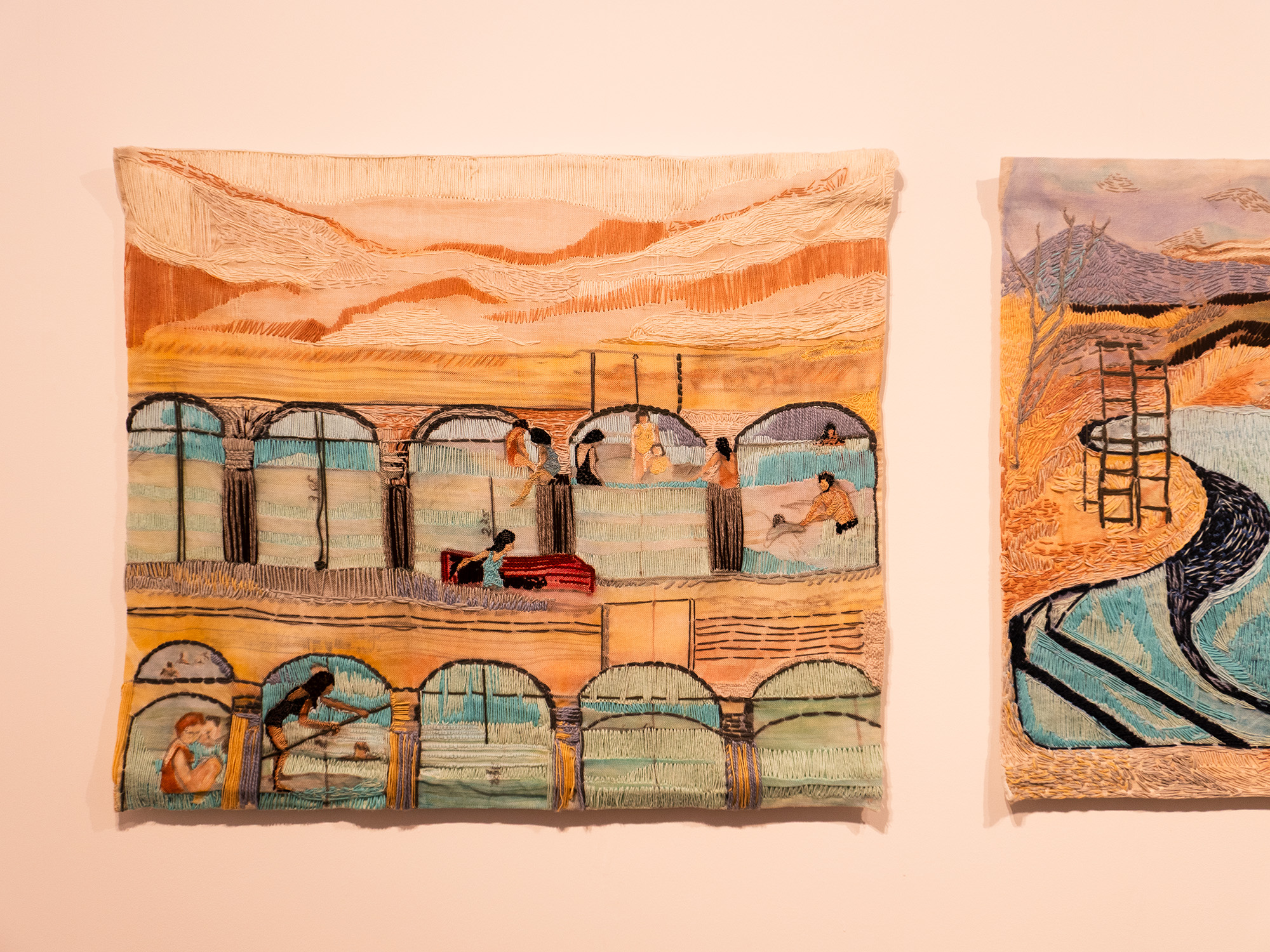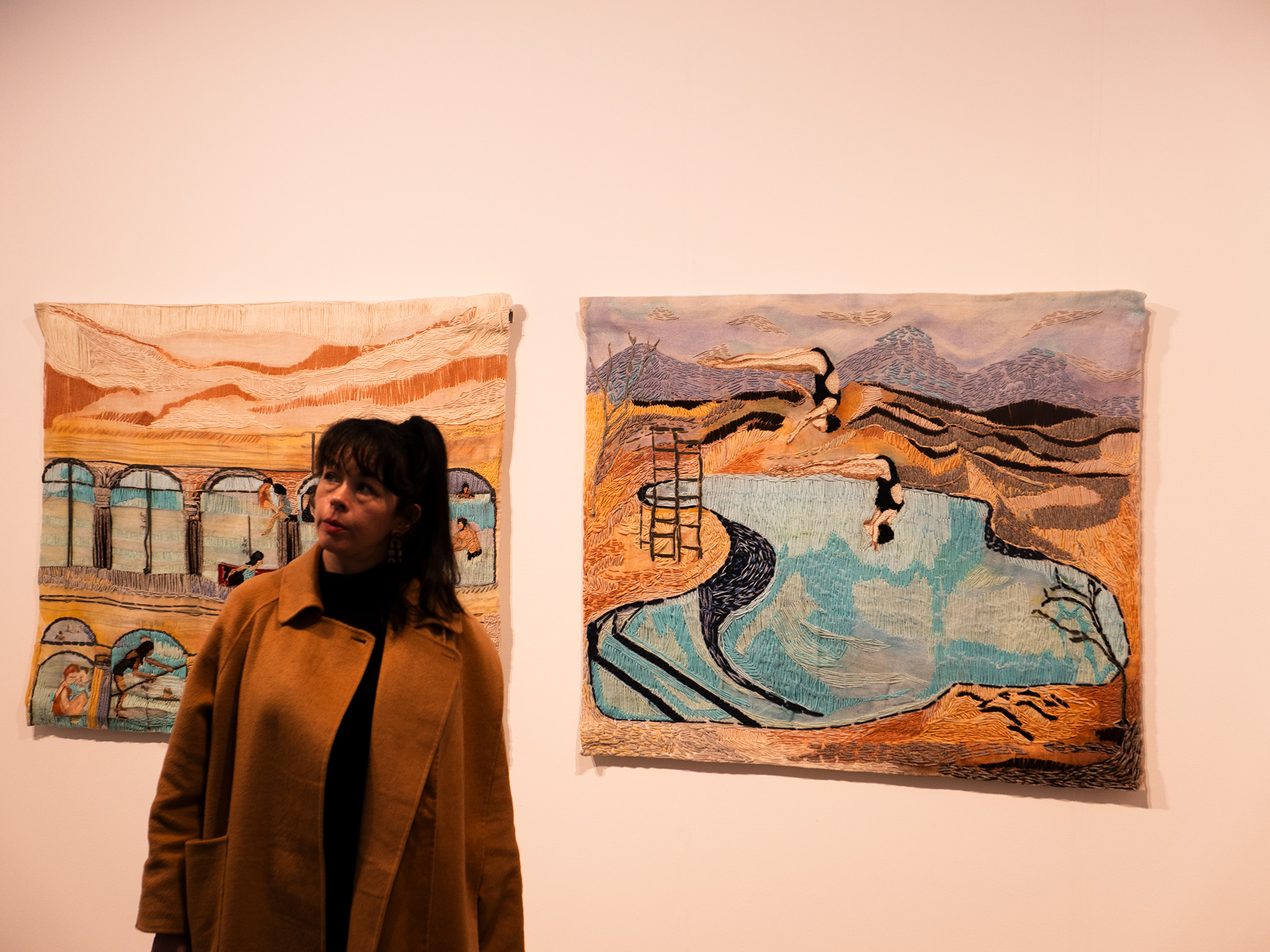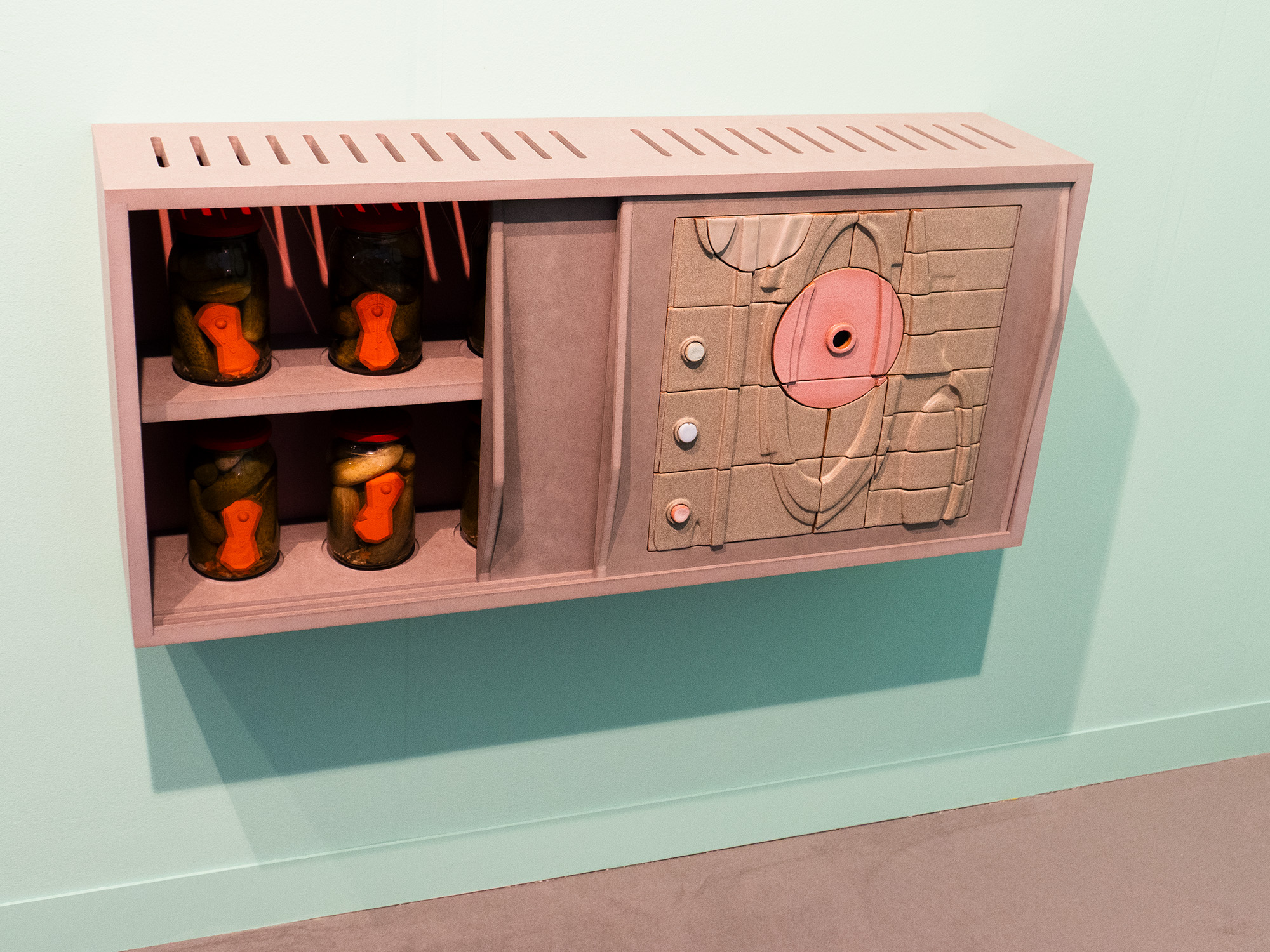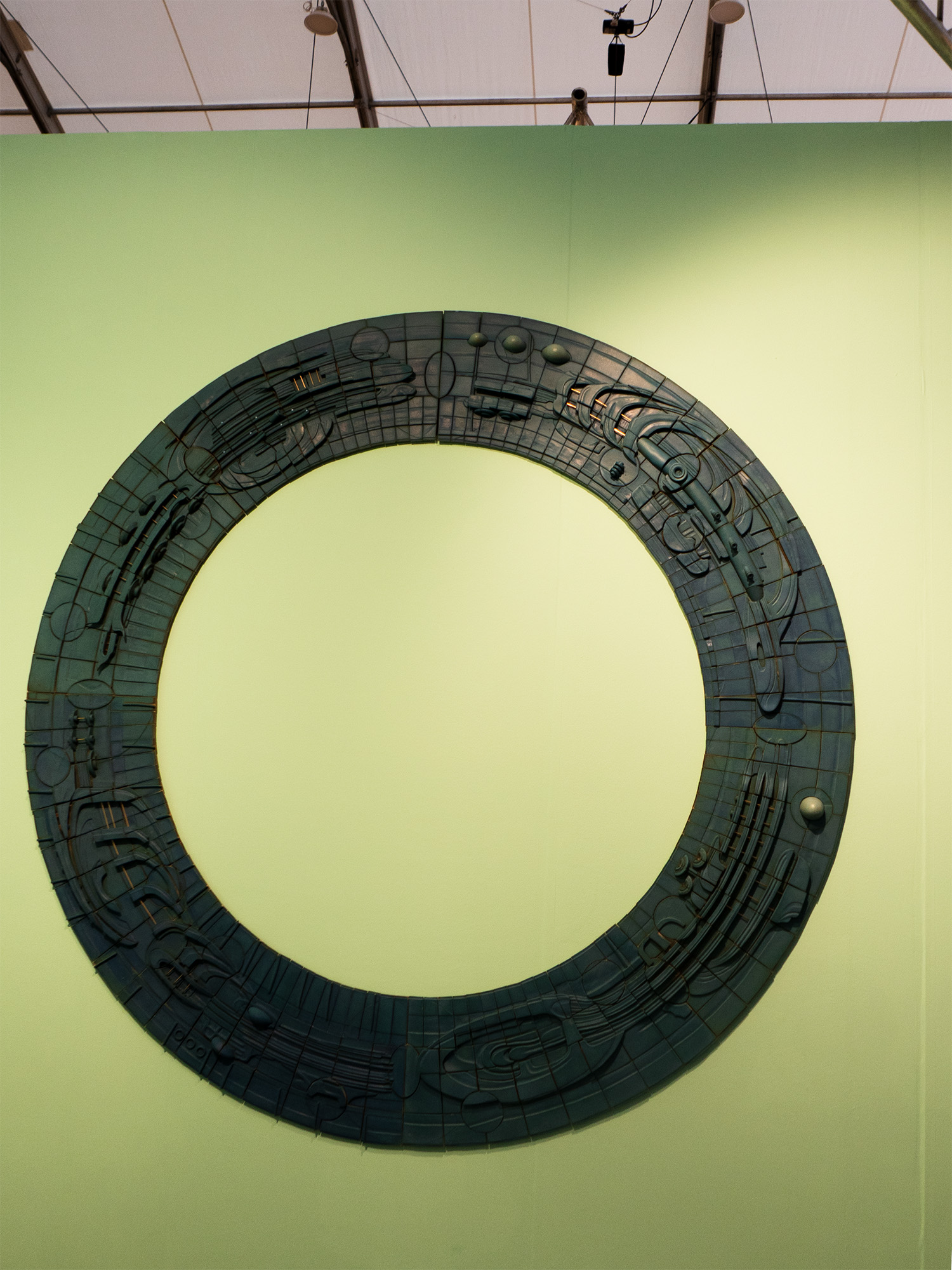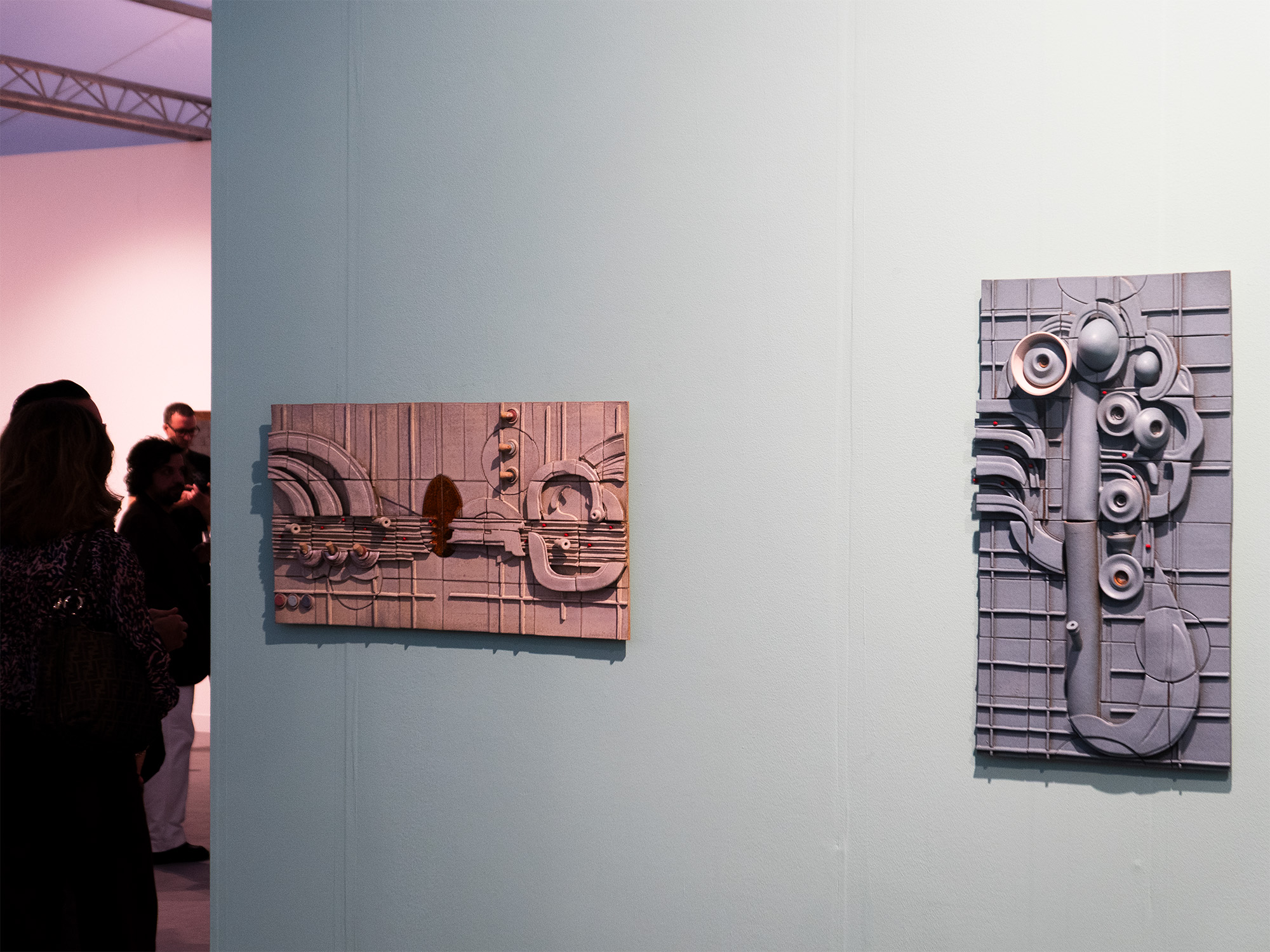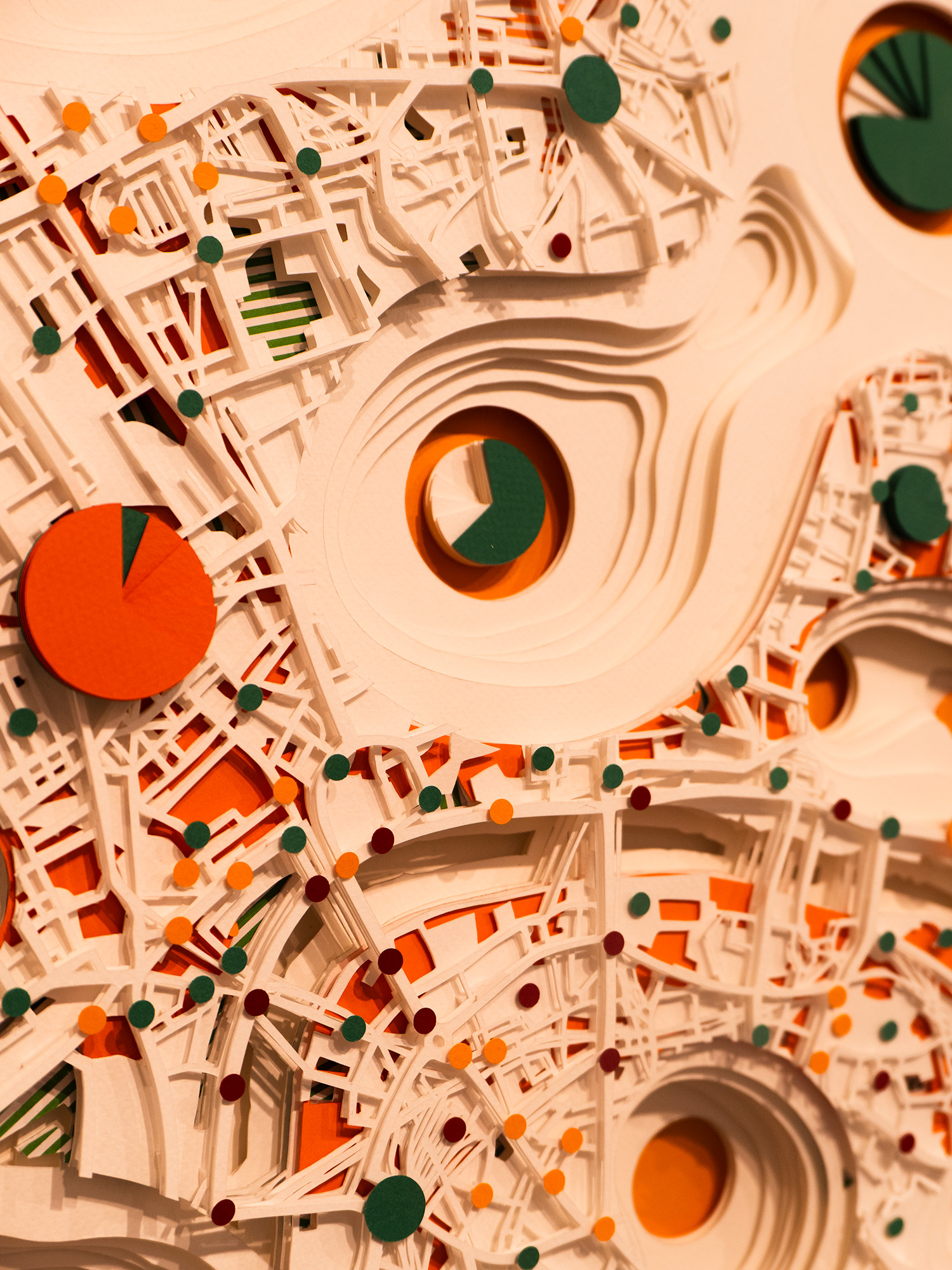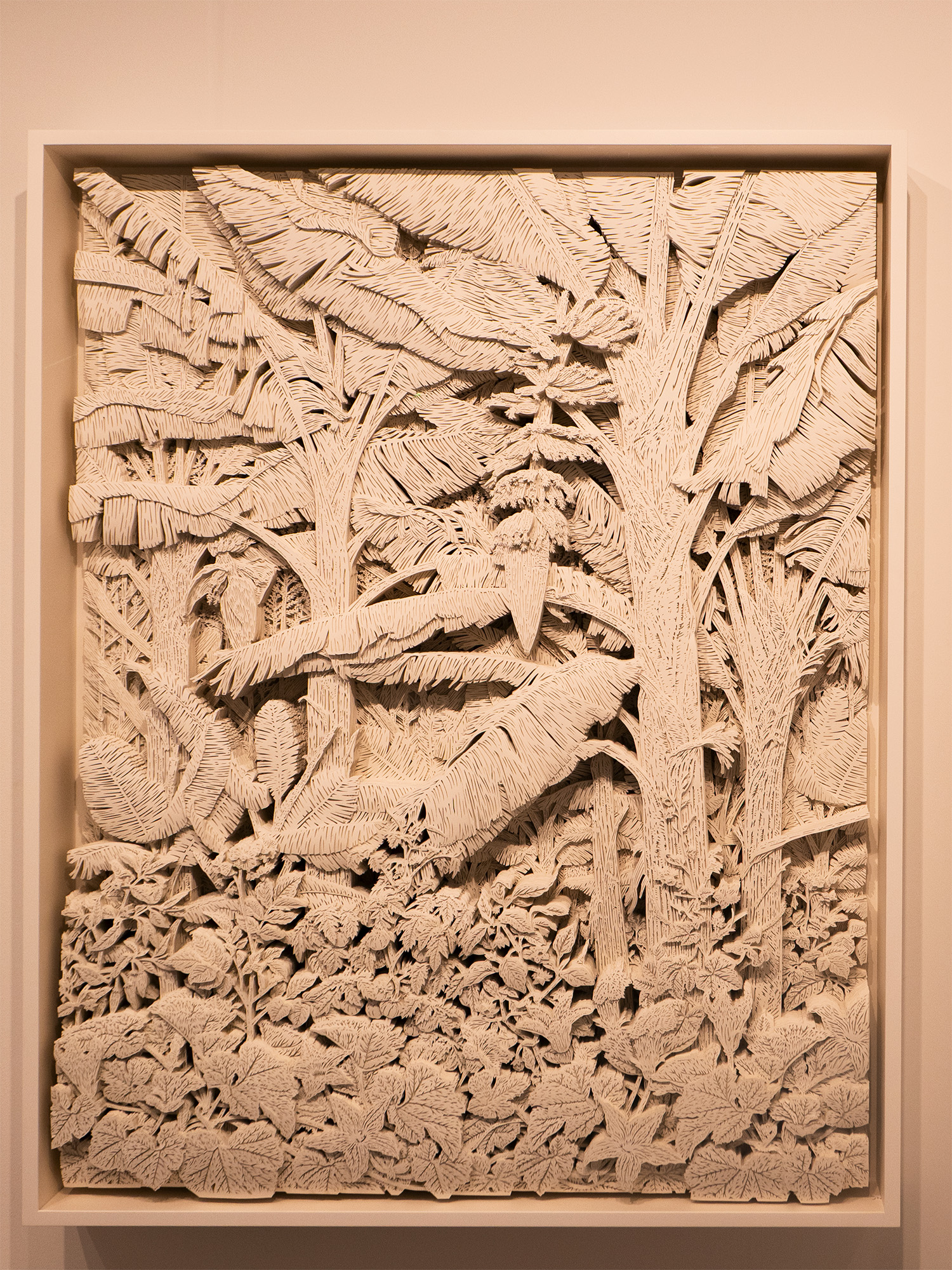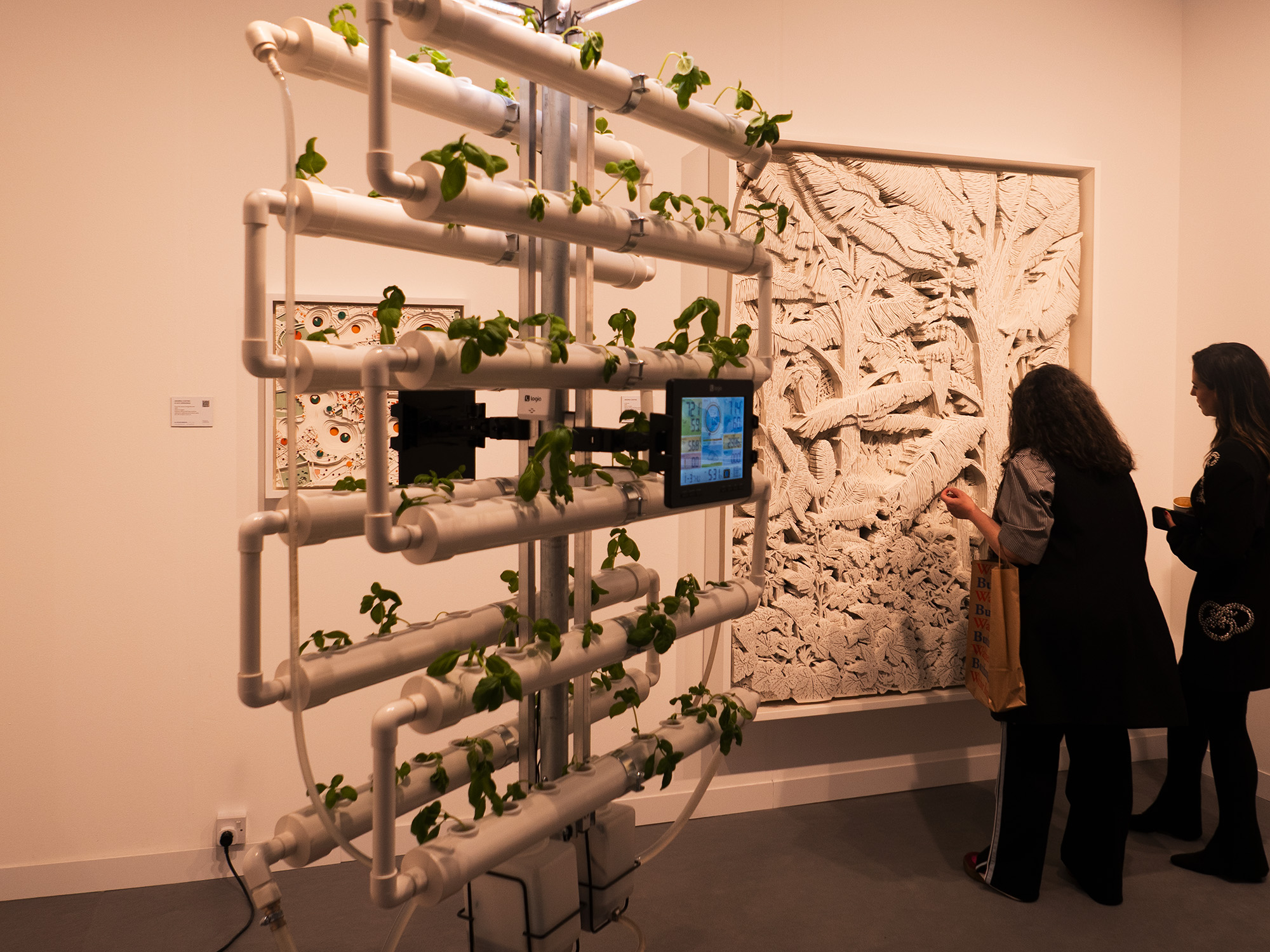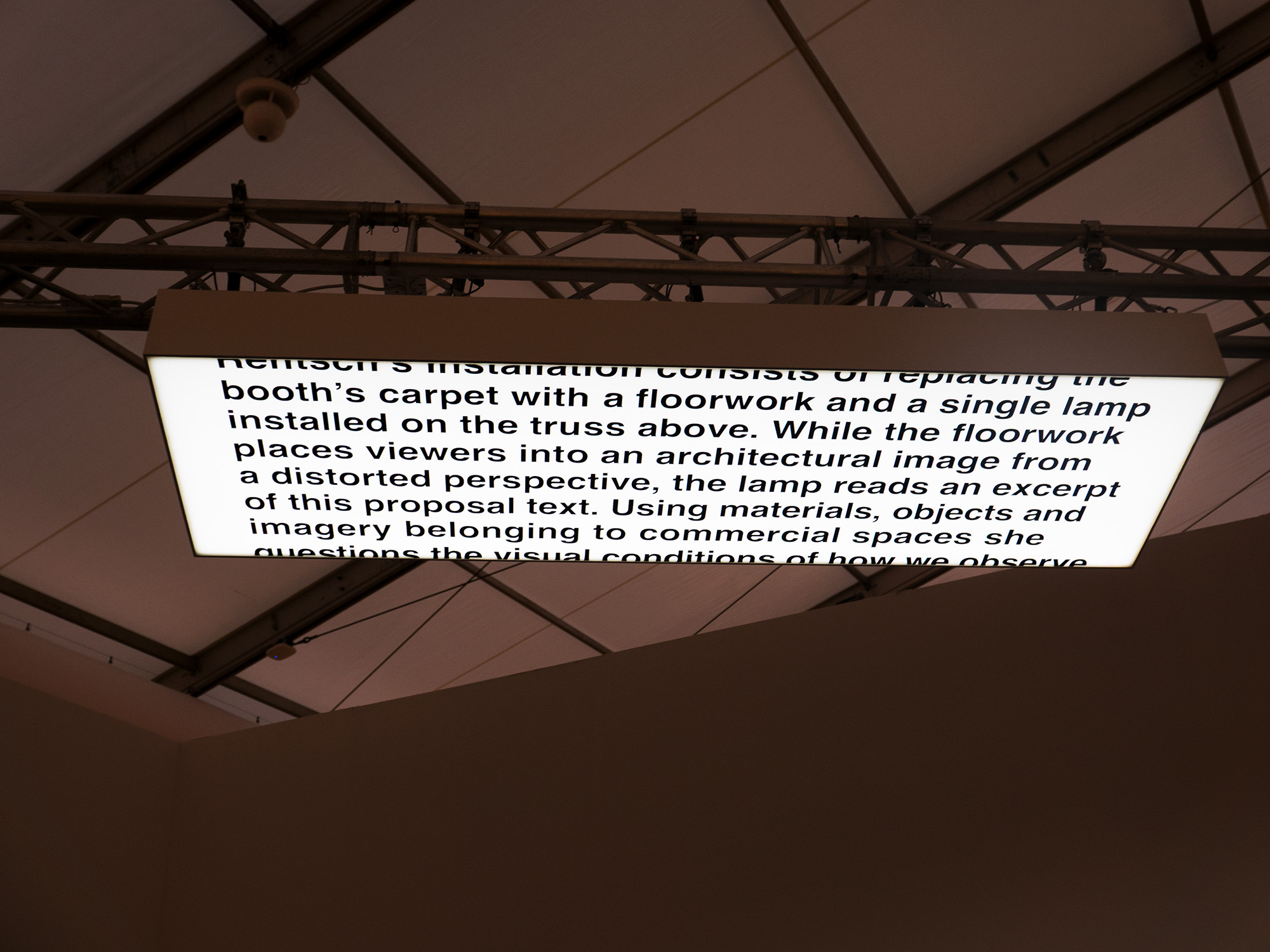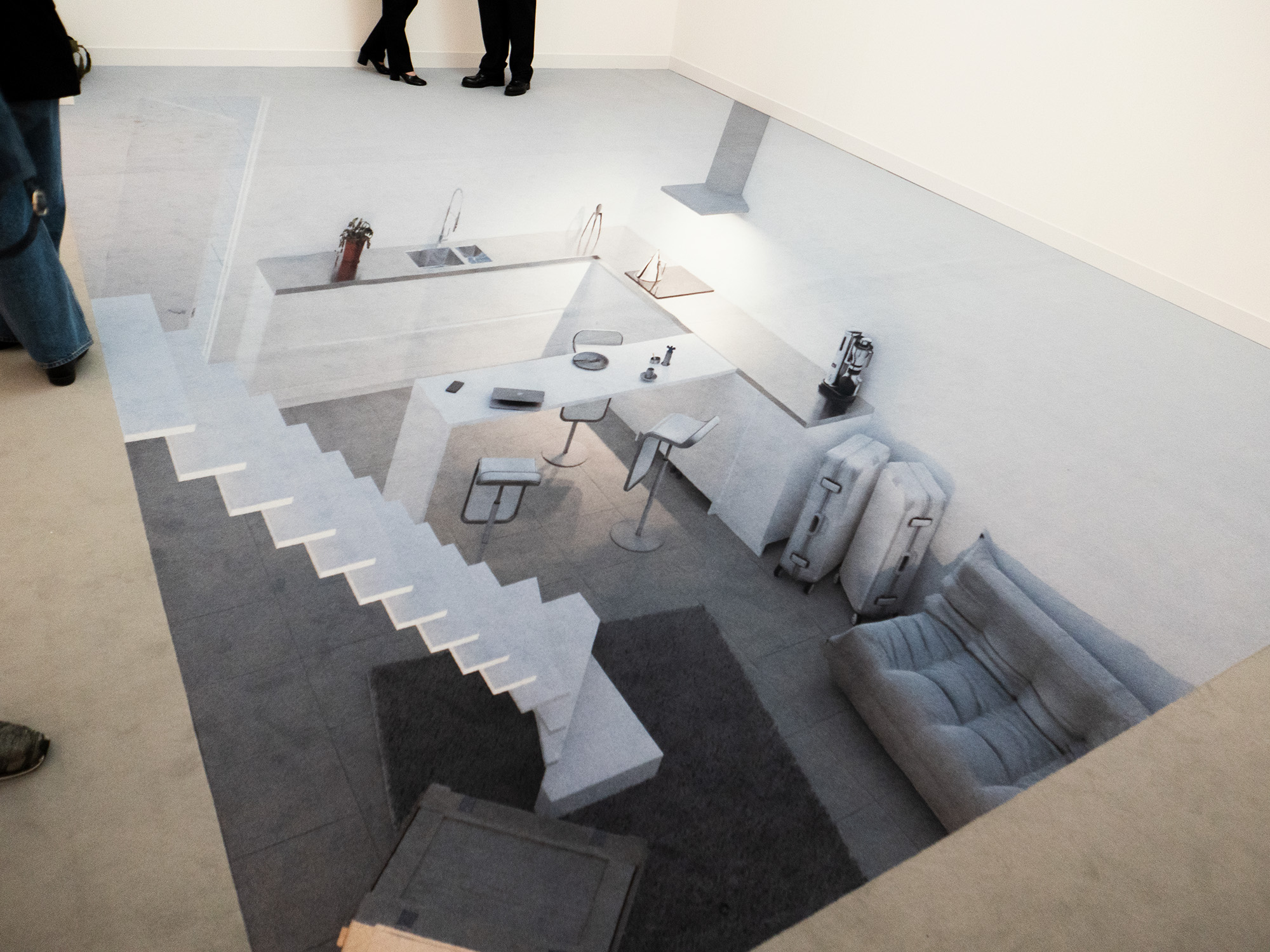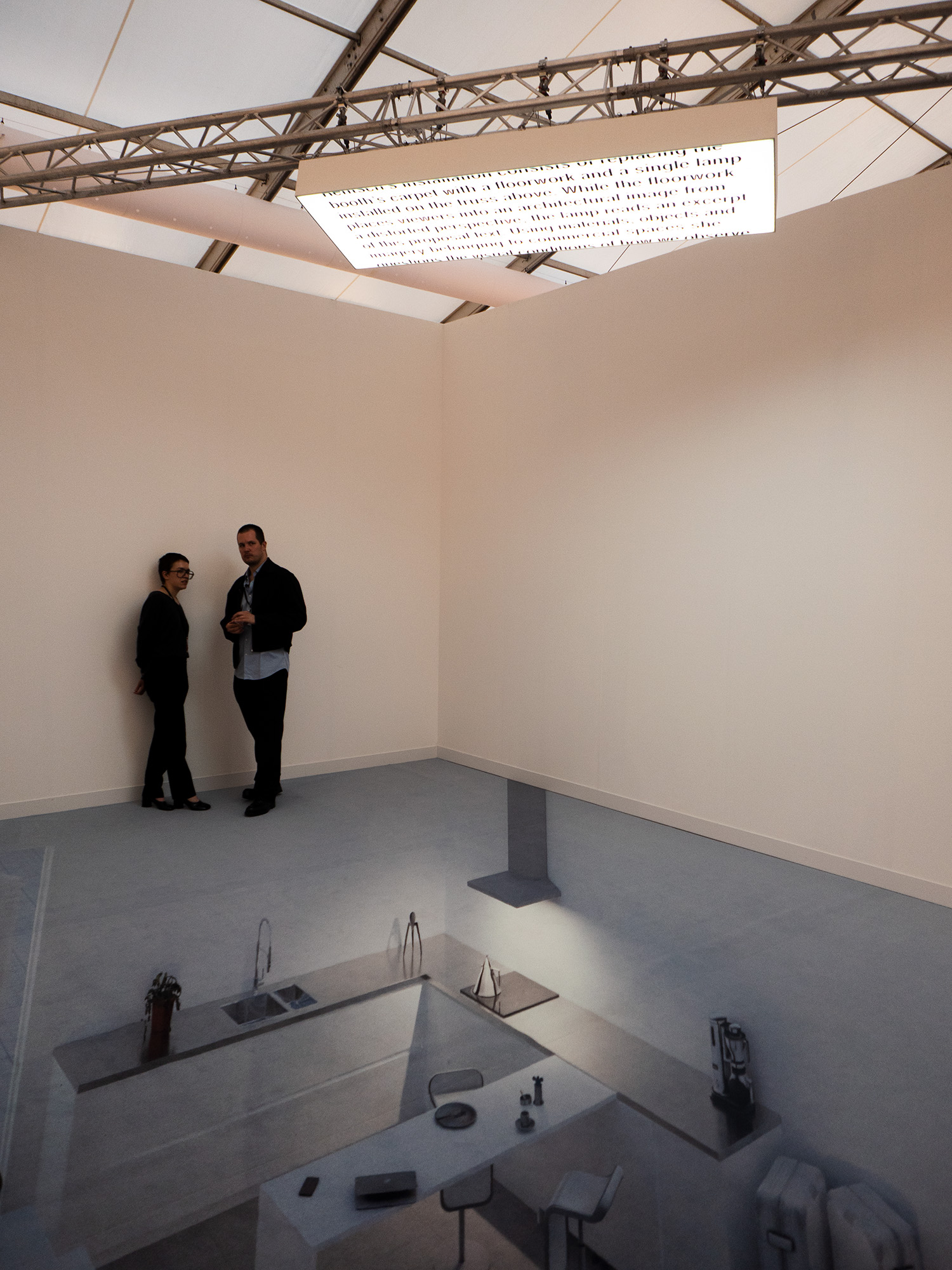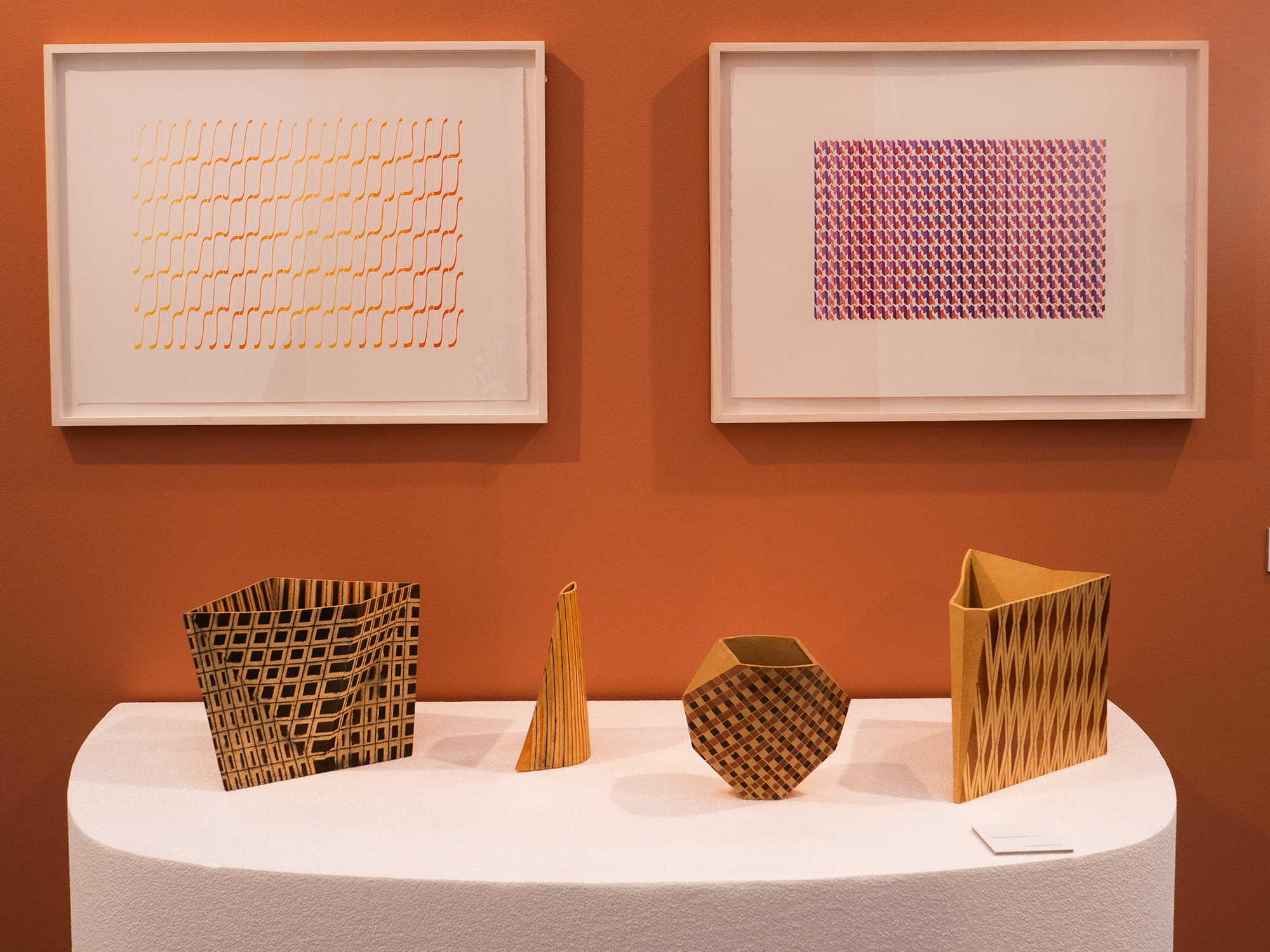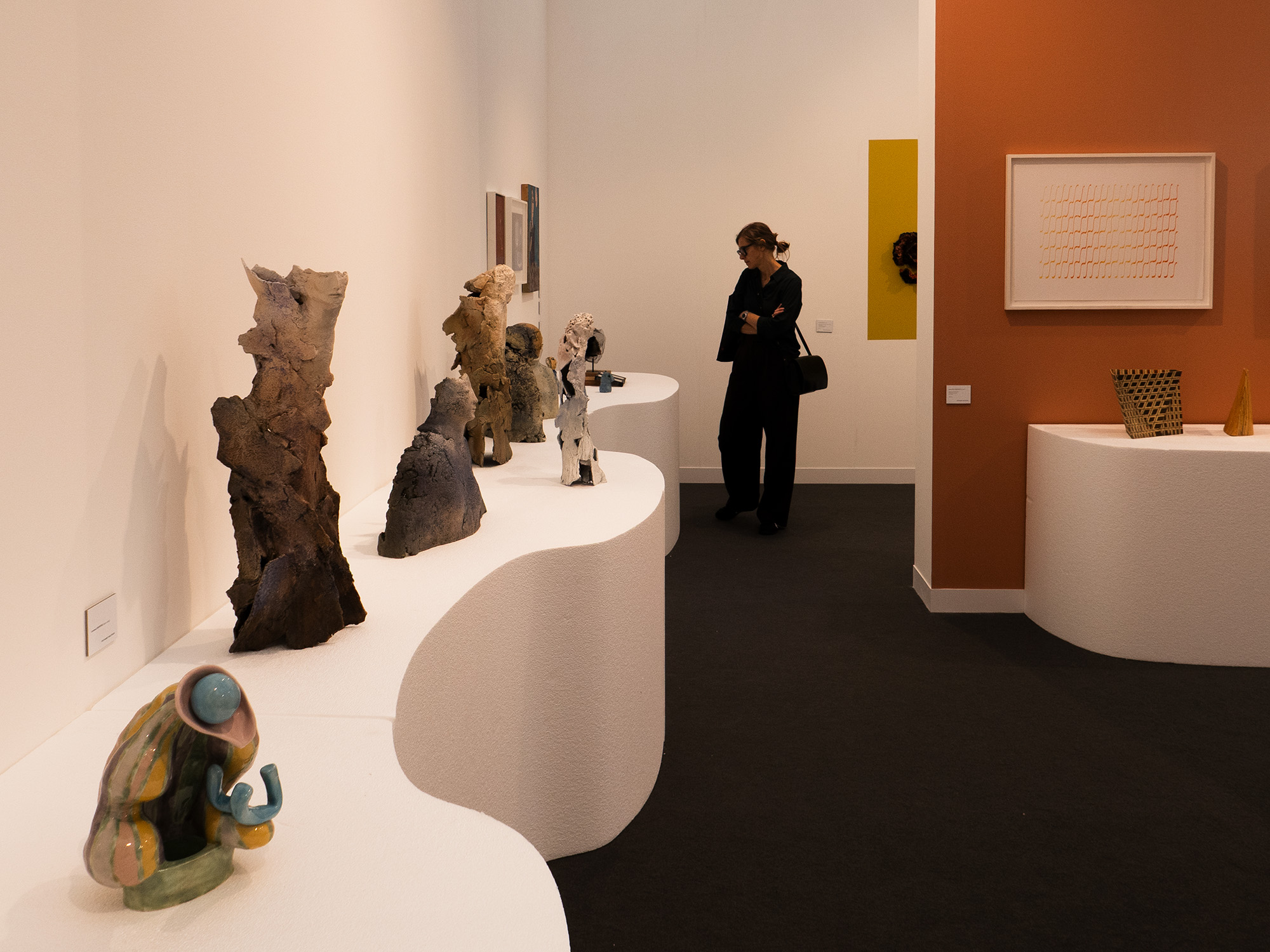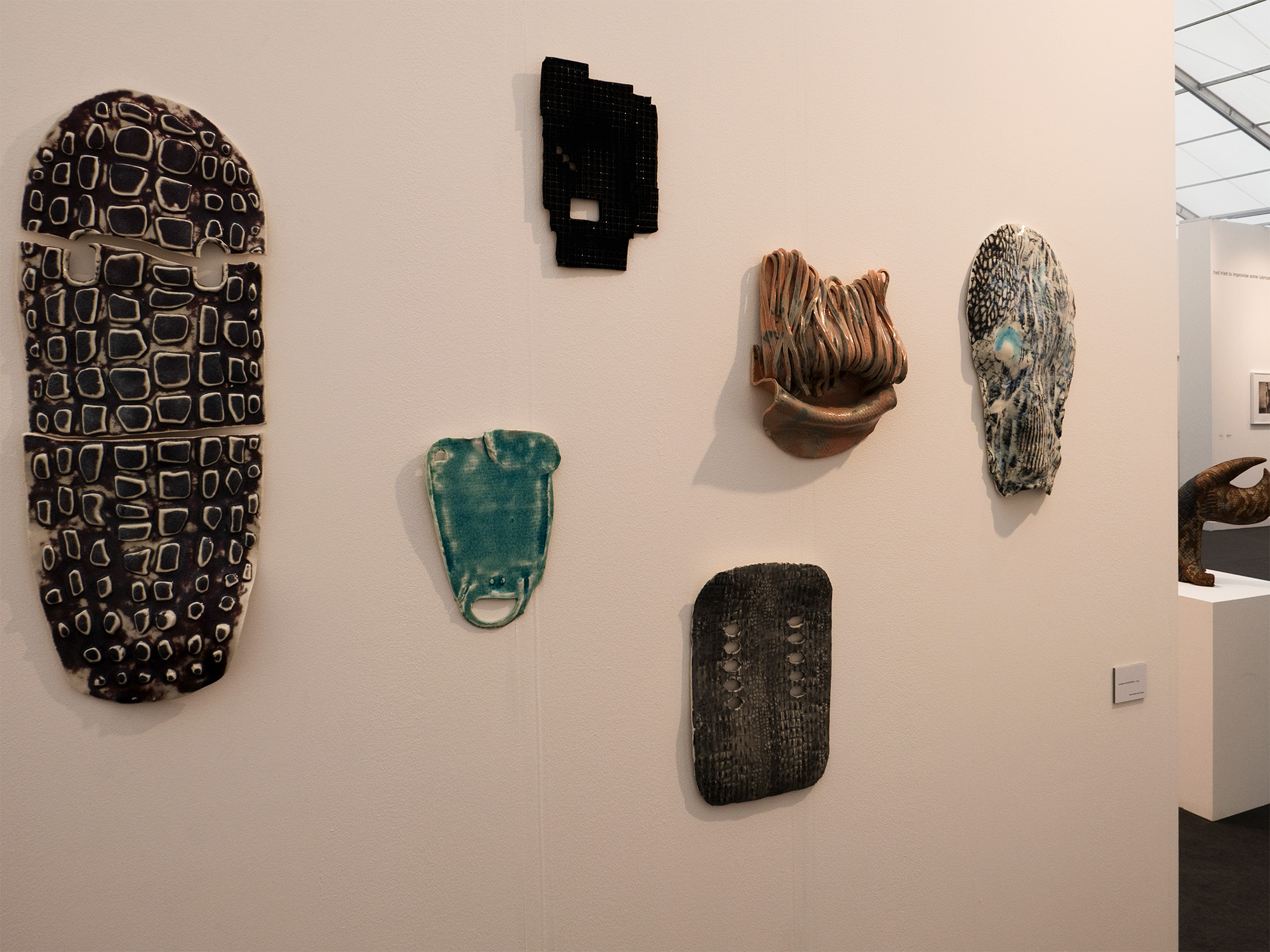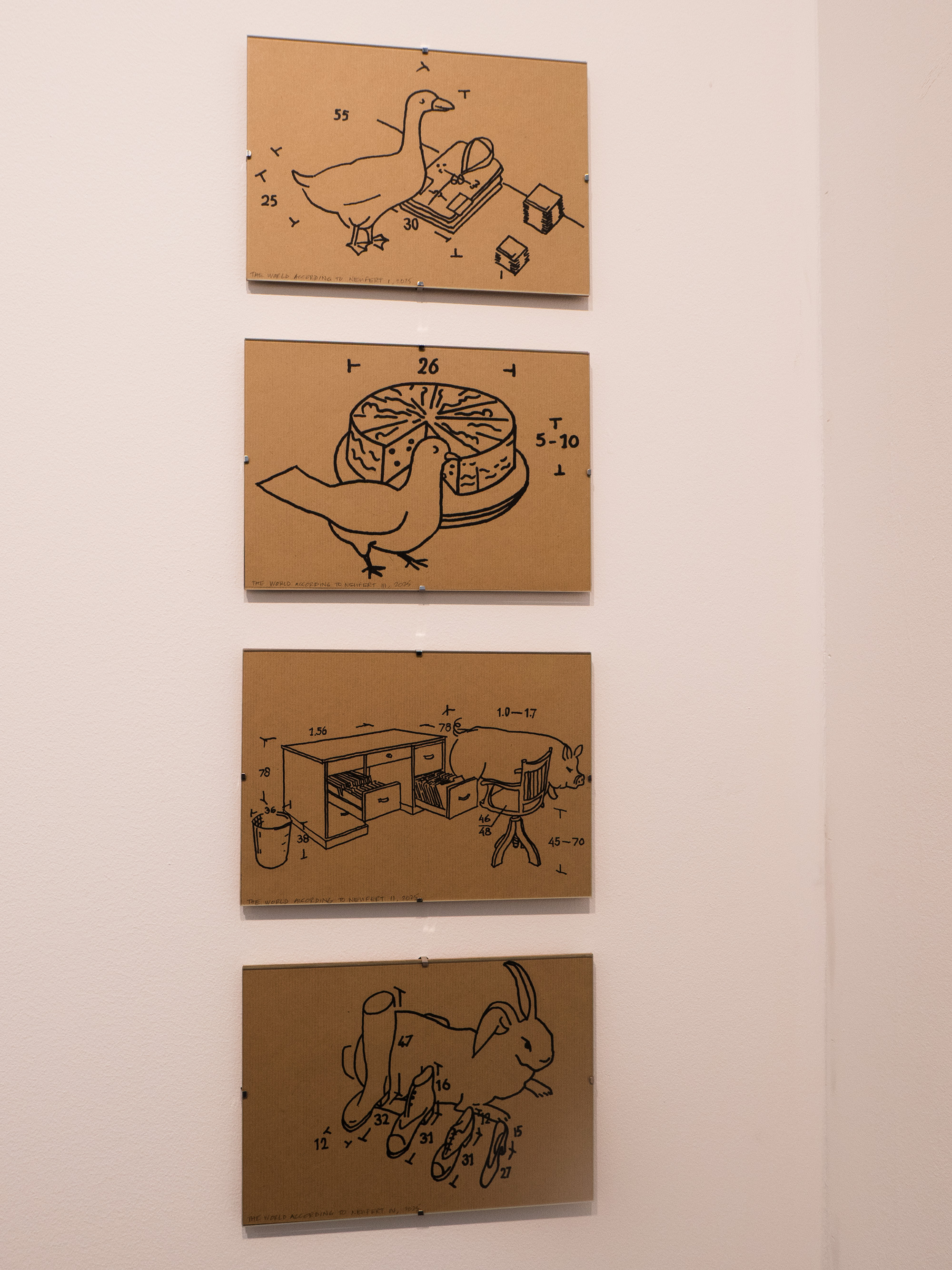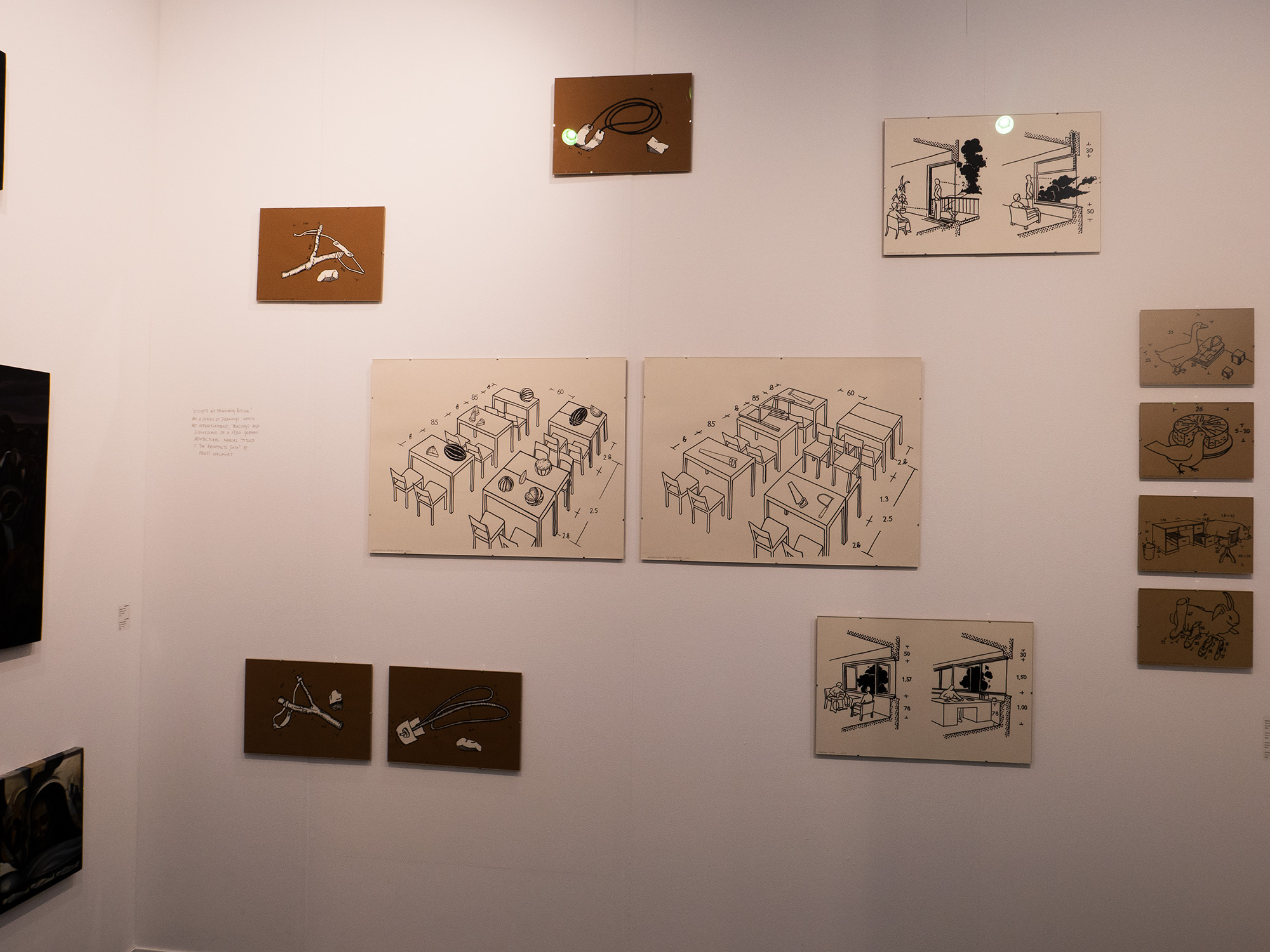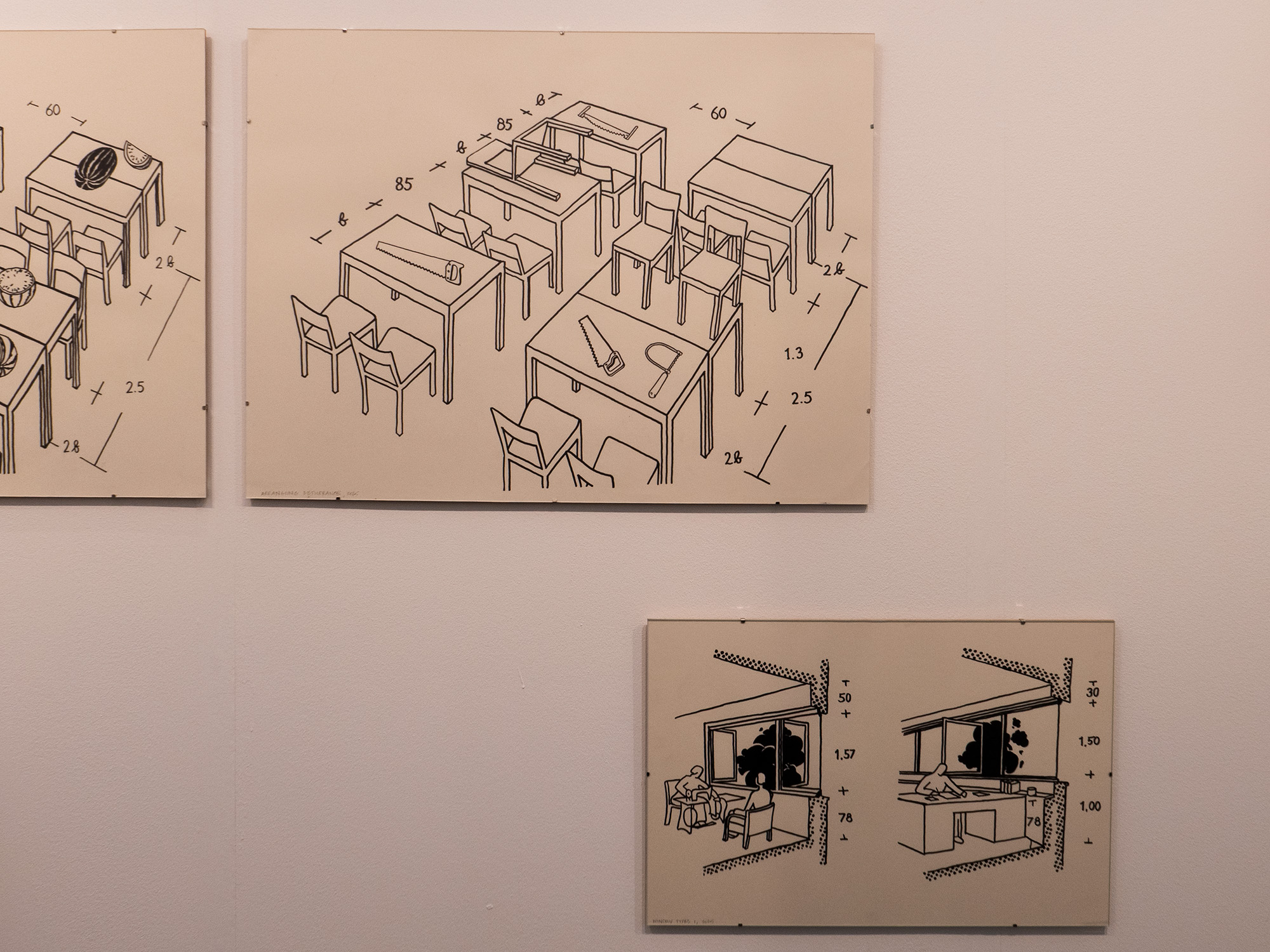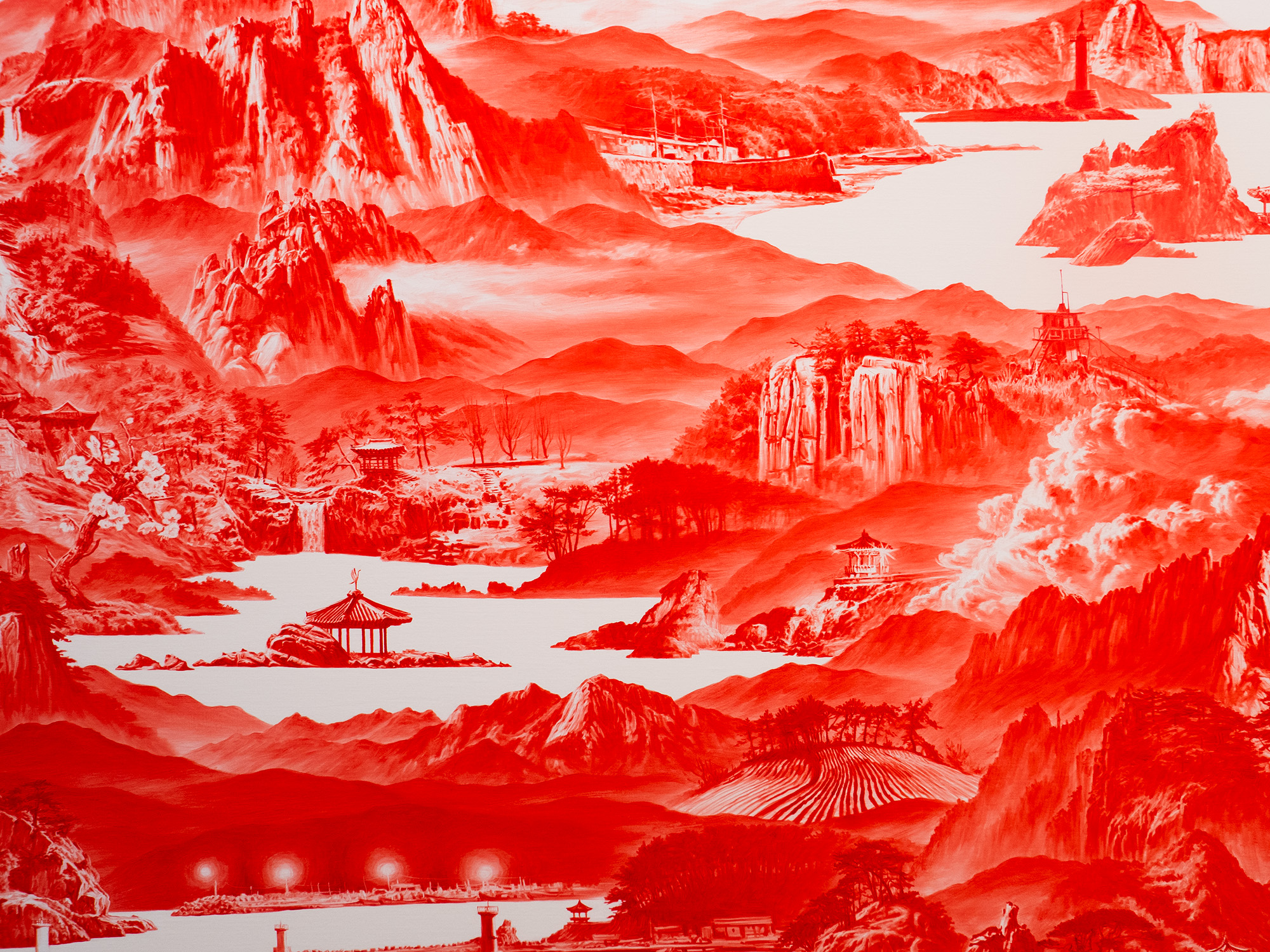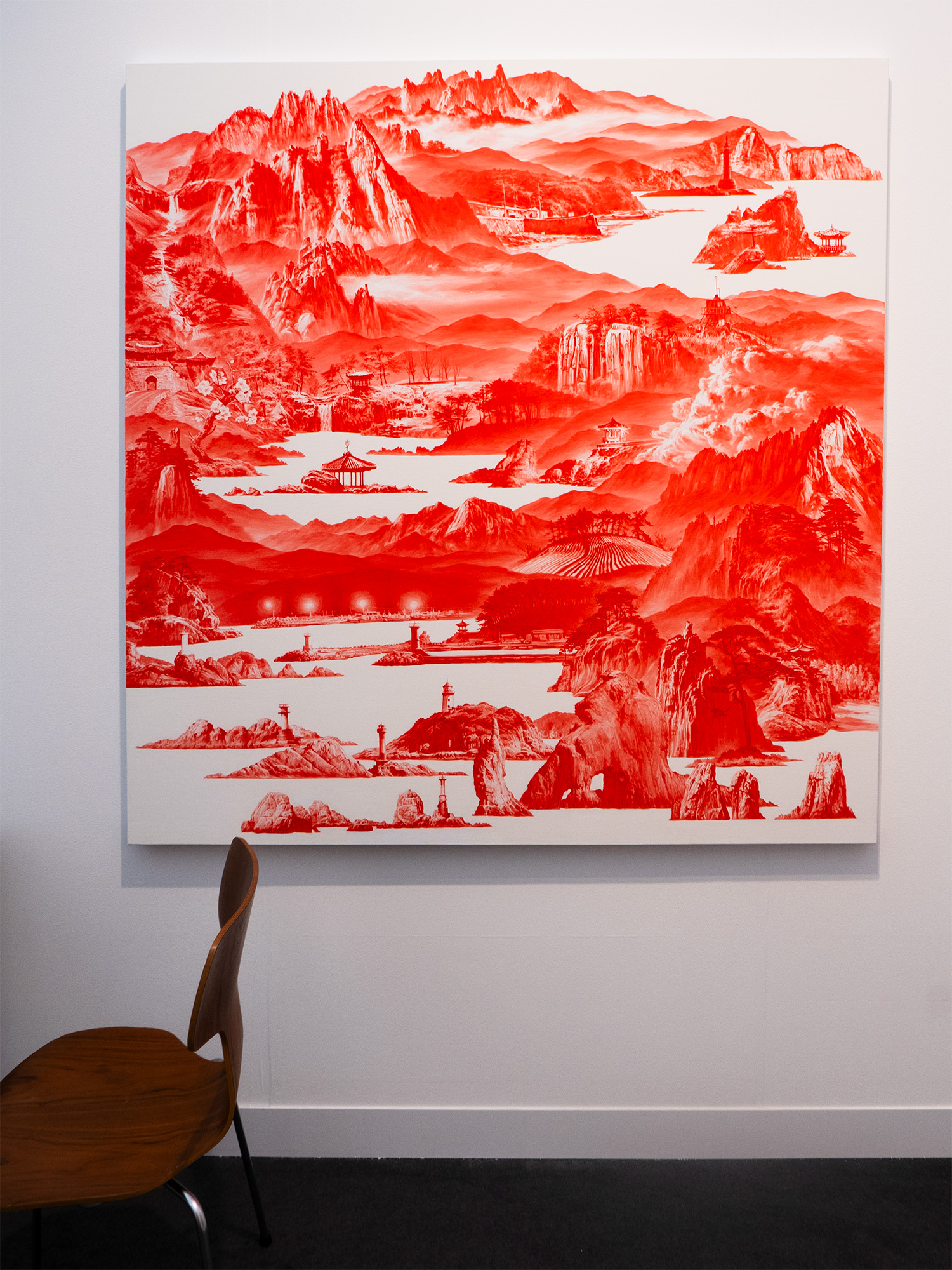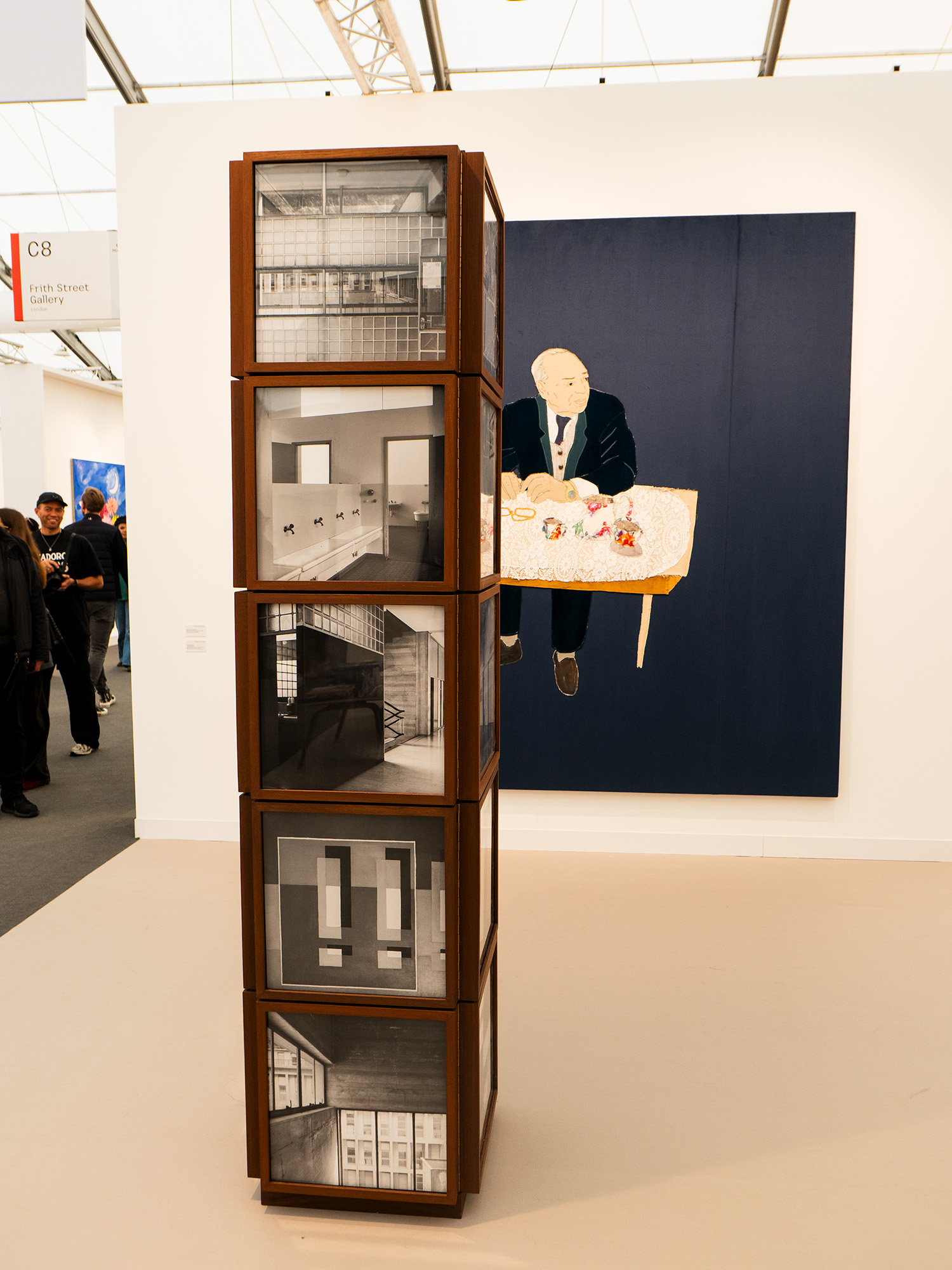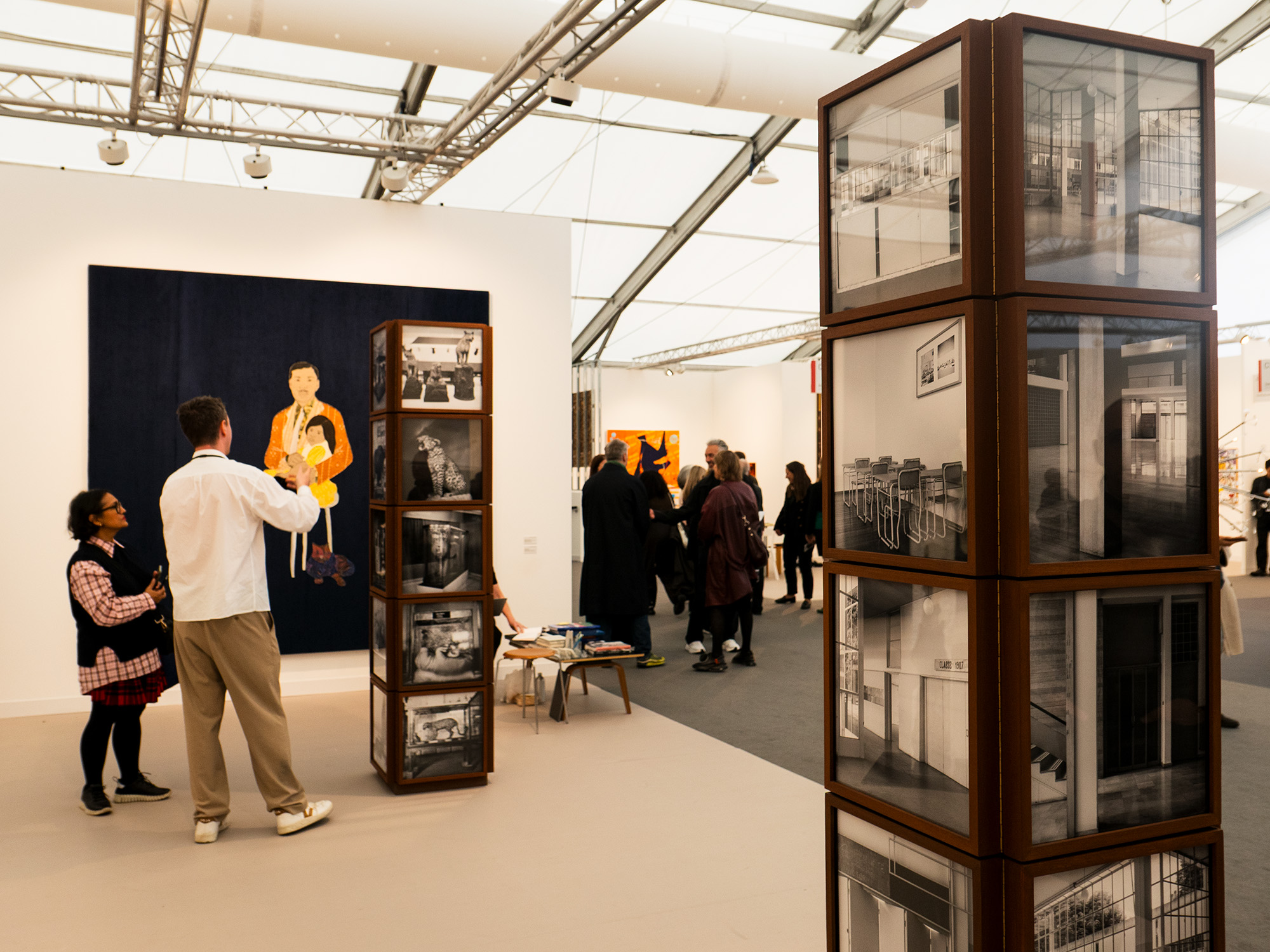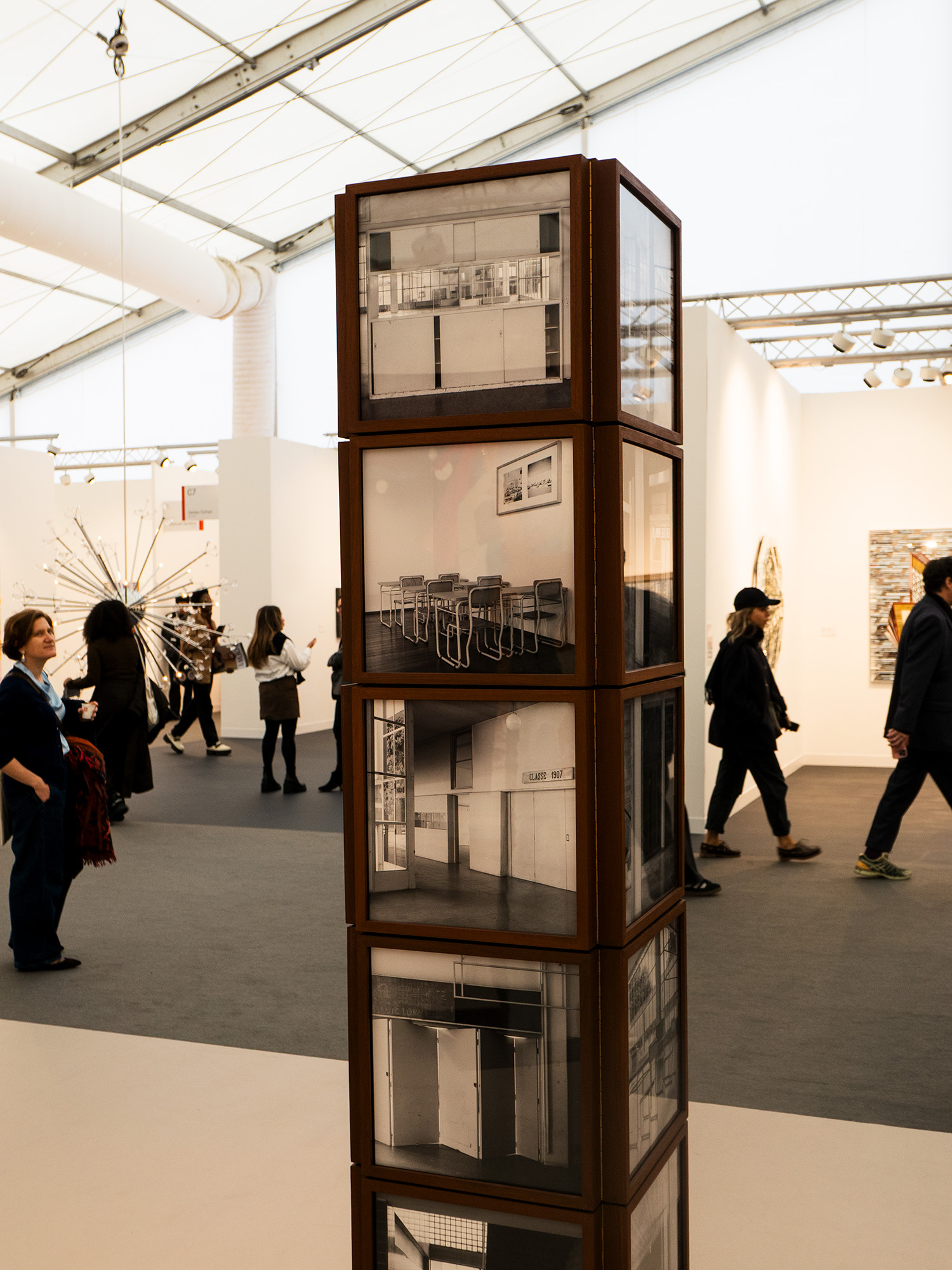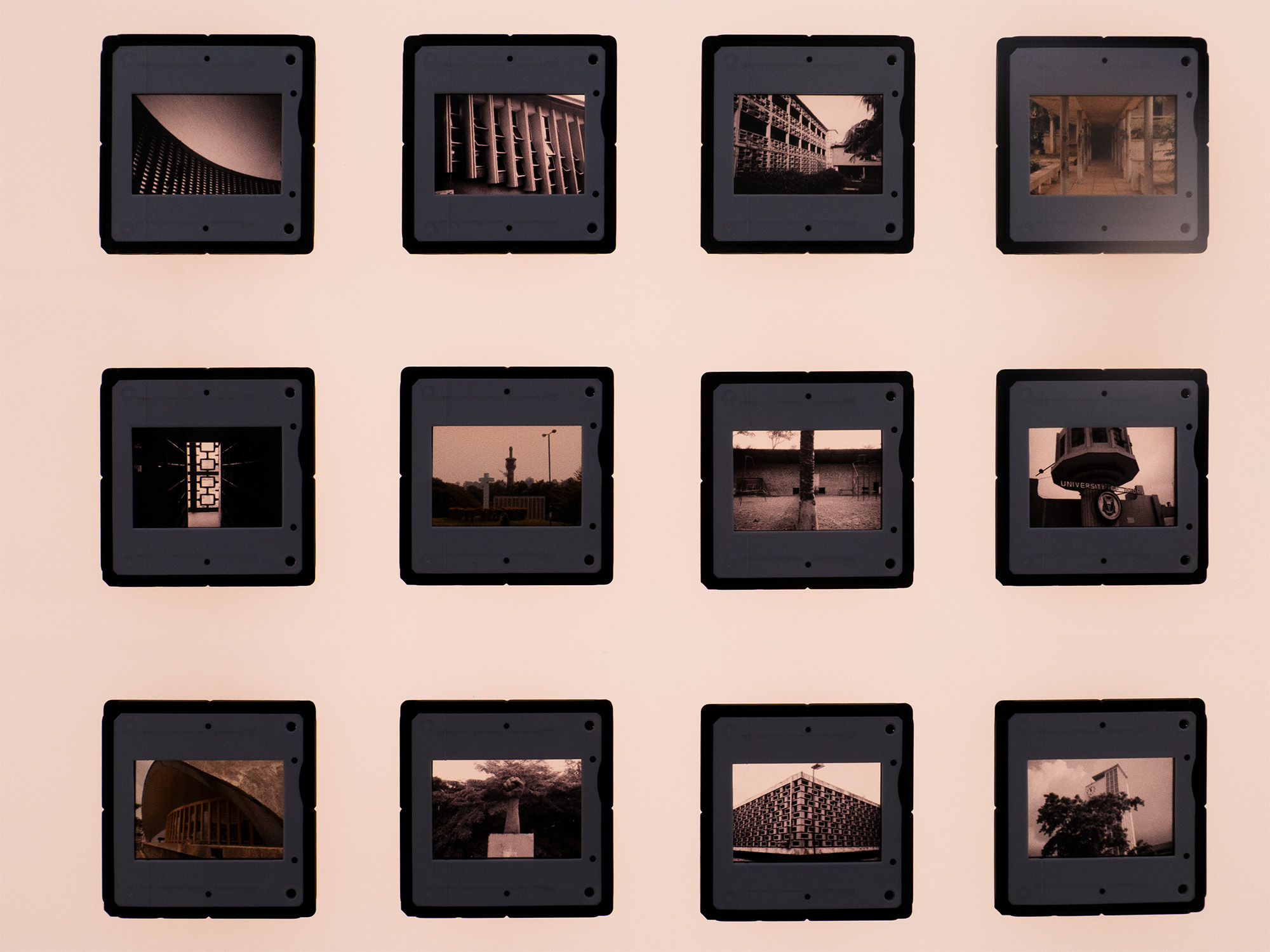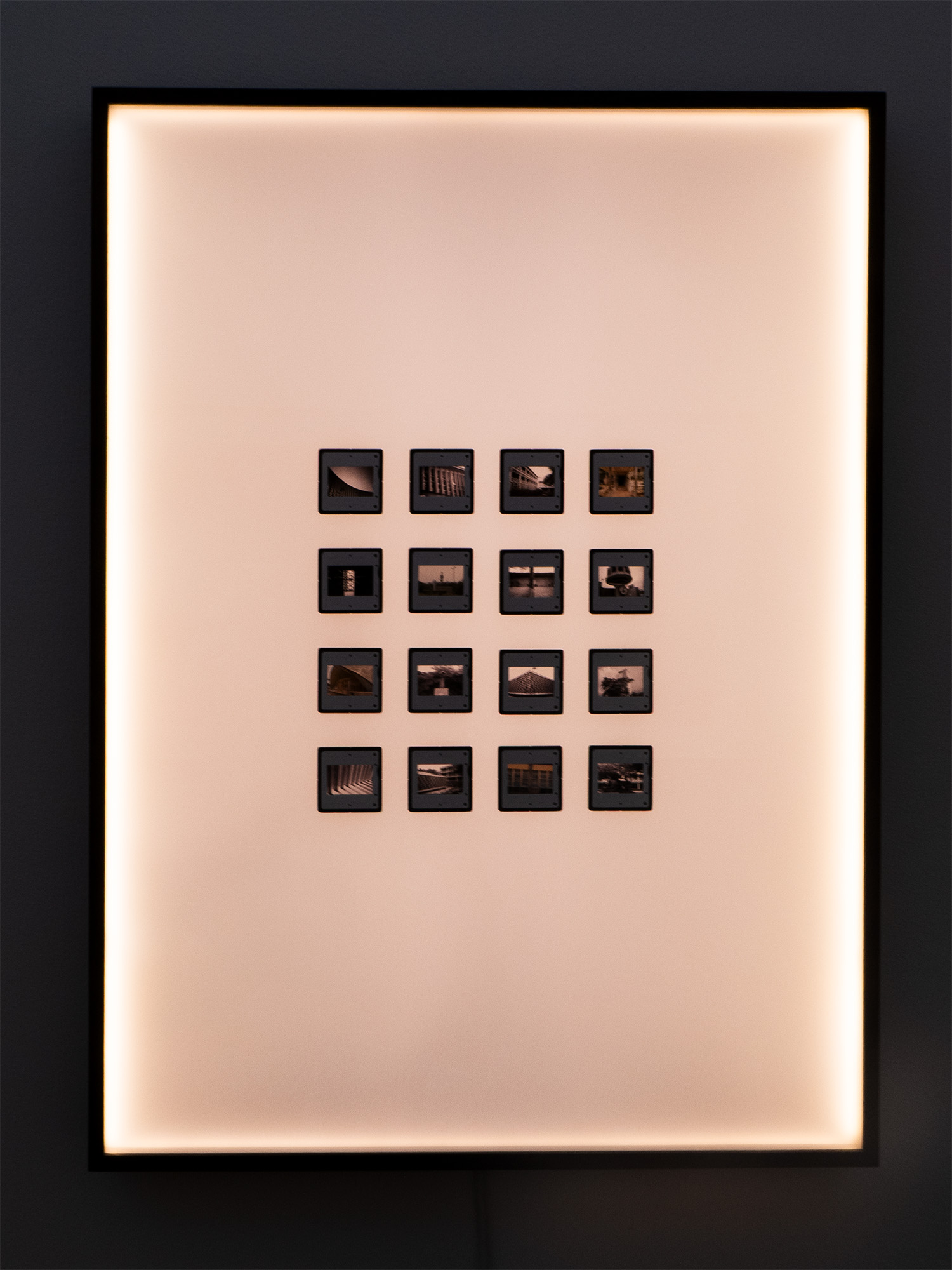The recessed.space highlights from Frieze Art Fair 2025
It’s time for our annual visit to the huge tents of London’s Frieze Art Fair to pick some of our favourite moments from the vast breadth of work & ideas on offer.
The art world moves faster than architecture. Where a
building may take years, or decades, to emerge and become, art can be made,
shown, and sold in the blink of an eye. A week ago, the annual juggernaut that
is Frieze art fair appeared in Regents Park, London, then quickly disappeared. While
the whole event – split across two huge tented sites, split into Frieze (contemporary
art) and Frieze Masters (20th century and earlier) – seems like an
explosion of energy and idea, sometimes the stronger works are not those that
shout and grab clickbait headlines in the moment, but those that linger and
recur in the mind long after the art world migrated to France for Art Basel
Paris, and beyond.
So, these are 11 works that recessed.space are still thinking about a week after Frieze London 2025 concluded, works that find fascinating intersections between fine art and architectural ideas. There is more than form, though. Works by Datyita Singh and Bani Abadi, both from India, deal obliquely with fascist histories, Korean Sea Hyun Lea considers the militarisation of landscape, while Marianne Fahmy creates beautiful filmic scenes that carry an unease over a changing climate.
So, these are 11 works that recessed.space are still thinking about a week after Frieze London 2025 concluded, works that find fascinating intersections between fine art and architectural ideas. There is more than form, though. Works by Datyita Singh and Bani Abadi, both from India, deal obliquely with fascist histories, Korean Sea Hyun Lea considers the militarisation of landscape, while Marianne Fahmy creates beautiful filmic scenes that carry an unease over a changing climate.
Maryam
Ayeen & Abbas Shahsavar
showing with Dastan
In a group hang presenting artists from Iran, the work Neighbours (2024) by artist duo Ayeen and Shahsavar stood out. As if an enlarged Persian miniature, narratives flood from the cut-through apartment block, geometries and perspectives clashing, with an ensemble of uncanny characters inviting unknown stories.
The detail in the Gouache, acrylic, and watercolour on cardboard is exquisite, but with wit and playfulness never becomes worthy or self-important. Also a couple, the artists’ work often contends with domestic environments and the conditions of sharing spaces, and lives, with others.
In front stands one of Reza Aramesh’s hand-carved marble sculptures as so excellently presented at the last Venice Biennale of Art. The bodies he renders are derived from found images of political prisoners, giving a grace and beauty though depicting violence and suffering.
showing with Dastan
In a group hang presenting artists from Iran, the work Neighbours (2024) by artist duo Ayeen and Shahsavar stood out. As if an enlarged Persian miniature, narratives flood from the cut-through apartment block, geometries and perspectives clashing, with an ensemble of uncanny characters inviting unknown stories.
The detail in the Gouache, acrylic, and watercolour on cardboard is exquisite, but with wit and playfulness never becomes worthy or self-important. Also a couple, the artists’ work often contends with domestic environments and the conditions of sharing spaces, and lives, with others.
In front stands one of Reza Aramesh’s hand-carved marble sculptures as so excellently presented at the last Venice Biennale of Art. The bodies he renders are derived from found images of political prisoners, giving a grace and beauty though depicting violence and suffering.
Rim Park
showing with Cylinder
At Frieze, most galleries are opting for group hangs to show the range of an artist roster. Seoul gallery Cylinder, however, show how a solo presentation can lend it self to a genuine exhibition presentation that momentarily takes the visitor out of artmarket repetition.
Showing mixed media works by Rim Park, the booth had a simple architectural structure onto which some of the etching works were affixed. The works themselves derived from deep, microscopic examination of nature, leading to prints and mixed-media sculptures that can be read as anatomical studies. There is an architectural quality to the draftsmanship, and details of the renderings taken in the abstract could easily be read as sci-fi, parametric interior imaginings.
showing with Cylinder
At Frieze, most galleries are opting for group hangs to show the range of an artist roster. Seoul gallery Cylinder, however, show how a solo presentation can lend it self to a genuine exhibition presentation that momentarily takes the visitor out of artmarket repetition.
Showing mixed media works by Rim Park, the booth had a simple architectural structure onto which some of the etching works were affixed. The works themselves derived from deep, microscopic examination of nature, leading to prints and mixed-media sculptures that can be read as anatomical studies. There is an architectural quality to the draftsmanship, and details of the renderings taken in the abstract could easily be read as sci-fi, parametric interior imaginings.
Marianne Fahmy
showing with Gypsum
Two hand-embroidered works by Egyptian artist Fahmy take the visitor out of Autumnal London and into an Alexandra imaginary. Drawing from archival sources, including 1960s postcards and ancient frescoes, the artist has created a possible desert future where rising sea levels have begun to submerge the city.
There is something cinematic in the two frames images – it is no surprise that Fahmy also creates work in film and photography – which both carry a feeling of romantic escapism. Woven into monk’s cloth, the stitches are present and raw, giving a sense that the whole scene, and atmosphere of pleasure, could become unravelled at any moment.
showing with Gypsum
Two hand-embroidered works by Egyptian artist Fahmy take the visitor out of Autumnal London and into an Alexandra imaginary. Drawing from archival sources, including 1960s postcards and ancient frescoes, the artist has created a possible desert future where rising sea levels have begun to submerge the city.
There is something cinematic in the two frames images – it is no surprise that Fahmy also creates work in film and photography – which both carry a feeling of romantic escapism. Woven into monk’s cloth, the stitches are present and raw, giving a sense that the whole scene, and atmosphere of pleasure, could become unravelled at any moment.
Rafał Zajko
showing with Coulisse
Another solo booth is from Stockholm gallery Coulisse, presenting a suite of works by London-based Polish artist Rafał Zajko, all part of collective project Song to the Siren (Echo). While the works are solid and fixed – made of ceramics and metal – they speak to fluidity, musical movement, and the sirens’ call.
There is a deep architectural feeling to the works, carrying a feeling post-Soviet civic art and decorative embellishment, but when examined up close there is both a darkness and wit that take it away from formal propaganda or urban improvement.
Zajko conflates the mythical siren with the ever-increasing sounds of warning and threat from military and urban alarms, also folding in choreography and notation into formal constructions to suggest a joyous, collaborative escape from fear and threat.
showing with Coulisse
Another solo booth is from Stockholm gallery Coulisse, presenting a suite of works by London-based Polish artist Rafał Zajko, all part of collective project Song to the Siren (Echo). While the works are solid and fixed – made of ceramics and metal – they speak to fluidity, musical movement, and the sirens’ call.
There is a deep architectural feeling to the works, carrying a feeling post-Soviet civic art and decorative embellishment, but when examined up close there is both a darkness and wit that take it away from formal propaganda or urban improvement.
Zajko conflates the mythical siren with the ever-increasing sounds of warning and threat from military and urban alarms, also folding in choreography and notation into formal constructions to suggest a joyous, collaborative escape from fear and threat.
Ariamna Contino & Alex Hernández
showing with El Apartamento
Another artist duo, Contono and Hernández meticulously cut layered paper to create deep cartographic worlds. Visually arresting, there is also a wealth of data and investigation contained within.
Both work solo, but come together to create these methodological works transforming statistics around issues including water consumption in modern agriculture, energy usage, and air quality into what also read as beautiful abstract works.
Contino also presents other works which hold less statistical information but an abundance of visual, frame-filling nature-scapes of forests and plant with a depth that seems to go deeper than the wall behind. In the centre of the booth, a sculptural hydroponics system with LED lights pulls the nature from paper and into the real world.
showing with El Apartamento
Another artist duo, Contono and Hernández meticulously cut layered paper to create deep cartographic worlds. Visually arresting, there is also a wealth of data and investigation contained within.
Both work solo, but come together to create these methodological works transforming statistics around issues including water consumption in modern agriculture, energy usage, and air quality into what also read as beautiful abstract works.
Contino also presents other works which hold less statistical information but an abundance of visual, frame-filling nature-scapes of forests and plant with a depth that seems to go deeper than the wall behind. In the centre of the booth, a sculptural hydroponics system with LED lights pulls the nature from paper and into the real world.
Alina Rentsch
showing with Petrine
Almost an antibooth, Petrine gallery have a nearly completely empty space. They have also created what reads as one of Frieze’s largest booths, with a trompe l'oeil carpet that appears to extend the space deeply downwards.
Rentsch makes work site-specifically, with this work Booth (2025) singularly puncturing the architecture and material of the international artfair aesthetic.
The expanded space we look down into appears to be greige, bland real estate marketing suite, a globalised renderspace with empty walls perhaps awaiting artmarket purchases. Above, a commercial lightbox hangs from aluminium structure, the lit text a fragment from the artist’s written proposal for the project.
Sometimes, work so conceptually rooted in institutional critique can be dry, heavy, or oblique, but here it’s a startling and welcome, humourous break from the ram-packed supermarket-like grid of aspirational art.
showing with Petrine
Almost an antibooth, Petrine gallery have a nearly completely empty space. They have also created what reads as one of Frieze’s largest booths, with a trompe l'oeil carpet that appears to extend the space deeply downwards.
Rentsch makes work site-specifically, with this work Booth (2025) singularly puncturing the architecture and material of the international artfair aesthetic.
The expanded space we look down into appears to be greige, bland real estate marketing suite, a globalised renderspace with empty walls perhaps awaiting artmarket purchases. Above, a commercial lightbox hangs from aluminium structure, the lit text a fragment from the artist’s written proposal for the project.
Sometimes, work so conceptually rooted in institutional critique can be dry, heavy, or oblique, but here it’s a startling and welcome, humourous break from the ram-packed supermarket-like grid of aspirational art.
Jacqueline Poncelet & Caroline Achaintre
showing with Richard Saltoun Gallery
Ceramic works by nine women artists are shown in a glorious, energetic, and hand-crafted display from London and Rome Richard Saltoun Gallery. Everything made with clay, the roster of makers includes the likes of Simone Fattall, Holly Stevenson, and Florence Peak, and while each artist has their own singular style, together they combine into a rich collective mix.
Two particular highlights include London-based French artist Caroline Achaintre who works across various media, including wool, but here is represented by six wall-hung organic works, playfully using the material with folds, cuts, compression, and overlaying. The results look half between sea creatures and functional equipment, a strange and eerie melding.
Also included were works by Jacqueline Poncelet. Last year, we visited MIMA in Middlesbrough to see Poncelet’s solo exhibition, including much of her excellent ceramic work (see 00174), so it was a delight to see it again here in such company. Alongside two of her print works, four delicate, geometric, architectonically folded ceramic works sat as a neat extraction of her broader body of work.
showing with Richard Saltoun Gallery
Ceramic works by nine women artists are shown in a glorious, energetic, and hand-crafted display from London and Rome Richard Saltoun Gallery. Everything made with clay, the roster of makers includes the likes of Simone Fattall, Holly Stevenson, and Florence Peak, and while each artist has their own singular style, together they combine into a rich collective mix.
Two particular highlights include London-based French artist Caroline Achaintre who works across various media, including wool, but here is represented by six wall-hung organic works, playfully using the material with folds, cuts, compression, and overlaying. The results look half between sea creatures and functional equipment, a strange and eerie melding.
Also included were works by Jacqueline Poncelet. Last year, we visited MIMA in Middlesbrough to see Poncelet’s solo exhibition, including much of her excellent ceramic work (see 00174), so it was a delight to see it again here in such company. Alongside two of her print works, four delicate, geometric, architectonically folded ceramic works sat as a neat extraction of her broader body of work.
Bani Abidi
showing with Experimenter
Karachi-born artist Bani Abidi studied printmaking in Pakistan before undertaking an MFA in Chicago. Her work cross a variety of media, including multi-screen video installations, but here returns to simple mark-making for a fun arrangements of works titled Attempts at Measuring Refusal. Each drawing is a subversion or distortion of Erst Neufert’s 1936 Architectural manual, The Architects’ Data, with architects still today drawing on his approach to cataloguing how the body and built spaces interact.
Having studied at the Bauhaus before later working under Walter Gropius, Neufert’s book was hugely successful. After visiting Frank Lloyd Wright in New York to suss out of he might move his career to the US, he instead returned to Germany, was hired by Albert Speer and continued his work in considering for Germany and its occupied states not only how the built environment should be standardised, but also the bodies and lives of those who survived to use it. Abidi takes this fascist-approved system but adds surreal wit, overlaying tracings of the architect’s imagery with attempts at fighting back against order, rigidity, control, and social reduction.
showing with Experimenter
Karachi-born artist Bani Abidi studied printmaking in Pakistan before undertaking an MFA in Chicago. Her work cross a variety of media, including multi-screen video installations, but here returns to simple mark-making for a fun arrangements of works titled Attempts at Measuring Refusal. Each drawing is a subversion or distortion of Erst Neufert’s 1936 Architectural manual, The Architects’ Data, with architects still today drawing on his approach to cataloguing how the body and built spaces interact.
Having studied at the Bauhaus before later working under Walter Gropius, Neufert’s book was hugely successful. After visiting Frank Lloyd Wright in New York to suss out of he might move his career to the US, he instead returned to Germany, was hired by Albert Speer and continued his work in considering for Germany and its occupied states not only how the built environment should be standardised, but also the bodies and lives of those who survived to use it. Abidi takes this fascist-approved system but adds surreal wit, overlaying tracings of the architect’s imagery with attempts at fighting back against order, rigidity, control, and social reduction.
Sea Hyun Lee
showing with Galerie Peter Kilchmann
Fusing traditional Korean landscape sensibilities with memories of his time across the Demilitarized Zone during his time conscripted into the South Korean military, Seahyun Lee’s richly detailed landscapes continue to reveal depth and suggestion. Coloured in red, referencing the infrared vision goggles he had to wear on nighttime patrols, what at first seem like romantic, pastoral scenes carry deeper symbolism and trauma.
Amongst the sublime moments of mountains, cliff-faces, temples, wispy and tumbling clouds, are military architectures: a watchtower, a brightly lit fortification, a radio mast. There are also historic fortifications, showing how today’s militarisation of landscape is perhaps nothing new, but has not yet undergone centuries of softening into nostalgia and heritage.
showing with Galerie Peter Kilchmann
Fusing traditional Korean landscape sensibilities with memories of his time across the Demilitarized Zone during his time conscripted into the South Korean military, Seahyun Lee’s richly detailed landscapes continue to reveal depth and suggestion. Coloured in red, referencing the infrared vision goggles he had to wear on nighttime patrols, what at first seem like romantic, pastoral scenes carry deeper symbolism and trauma.
Amongst the sublime moments of mountains, cliff-faces, temples, wispy and tumbling clouds, are military architectures: a watchtower, a brightly lit fortification, a radio mast. There are also historic fortifications, showing how today’s militarisation of landscape is perhaps nothing new, but has not yet undergone centuries of softening into nostalgia and heritage.
Dayanita Singh
showing with Frith Street Gallery
Indian artist Dayanita Singh creates sculptural books. A photographer, she frequently presents her images through perfectly constructed architectural objects such as cubes, furnitures, screens, and as in these two pieces for Frith Street Gallery at Frieze, squared columns. These designs can fold up flat-pack-style, and images can be interchanged as needed, and are inspired by the architecture of Geoffrey Bawa.
Her work also takes strong interest in architectural motifs and ideas. One of the two 2.3m tall constructions, Terragni Pillar, features black and white images of stark, modernist interiors. The artist has said that the home she grew up in was “an organic house,” saying that her father “was always building rooms within rooms,” so it is fitting perhaps that many of these photographed spaces contain similar square columns.
We are not told where these people-less documented interiors are, instead they are not architecture any more so much as a photograph of an architecture, dislocated and detached into a new way of thinking about space, from document to object. The clue is in the title. Giuseppe Tarragni was an Italian architect who worked under the regime of Mussolini, so perhaps here Singh is extracting formal architectural beauty from the conditions and politics from which it was born, and re-presenting it anew.
showing with Frith Street Gallery
Indian artist Dayanita Singh creates sculptural books. A photographer, she frequently presents her images through perfectly constructed architectural objects such as cubes, furnitures, screens, and as in these two pieces for Frith Street Gallery at Frieze, squared columns. These designs can fold up flat-pack-style, and images can be interchanged as needed, and are inspired by the architecture of Geoffrey Bawa.
Her work also takes strong interest in architectural motifs and ideas. One of the two 2.3m tall constructions, Terragni Pillar, features black and white images of stark, modernist interiors. The artist has said that the home she grew up in was “an organic house,” saying that her father “was always building rooms within rooms,” so it is fitting perhaps that many of these photographed spaces contain similar square columns.
We are not told where these people-less documented interiors are, instead they are not architecture any more so much as a photograph of an architecture, dislocated and detached into a new way of thinking about space, from document to object. The clue is in the title. Giuseppe Tarragni was an Italian architect who worked under the regime of Mussolini, so perhaps here Singh is extracting formal architectural beauty from the conditions and politics from which it was born, and re-presenting it anew.
Onyeka Igwe
showing with Arcadia Missa
A small work, Onyeka Igwe’s grid of 16 25mm photographic slides on a lightbox are an opening onto a much larger body of research, work, and current exhibition at Tate Britain. The images – from both archive and the artist’s own camera – document the Nigerian university her mother studied over the 1970s. The University of Ibadan’s first buildings were designed by Maxwell Fry and Jane Drew in the Tropical Modernism style (see 00192), the concrete Brise-soleils locally described as being too ornamental, or with “too much lace”.
The current Tate Britain installation by Igwe, running through until May next year, expands on these slides into a film tracing the building’s personal and political histories, fusing documentary and fiction, analogue with digital. The images are neat, compact, traditionally framed architectural images, but both in architectural form and reproduced image, much is erased or concealed, this work at Frieze slightly opening the door into a larger space of exploration.
showing with Arcadia Missa
A small work, Onyeka Igwe’s grid of 16 25mm photographic slides on a lightbox are an opening onto a much larger body of research, work, and current exhibition at Tate Britain. The images – from both archive and the artist’s own camera – document the Nigerian university her mother studied over the 1970s. The University of Ibadan’s first buildings were designed by Maxwell Fry and Jane Drew in the Tropical Modernism style (see 00192), the concrete Brise-soleils locally described as being too ornamental, or with “too much lace”.
The current Tate Britain installation by Igwe, running through until May next year, expands on these slides into a film tracing the building’s personal and political histories, fusing documentary and fiction, analogue with digital. The images are neat, compact, traditionally framed architectural images, but both in architectural form and reproduced image, much is erased or concealed, this work at Frieze slightly opening the door into a larger space of exploration.


